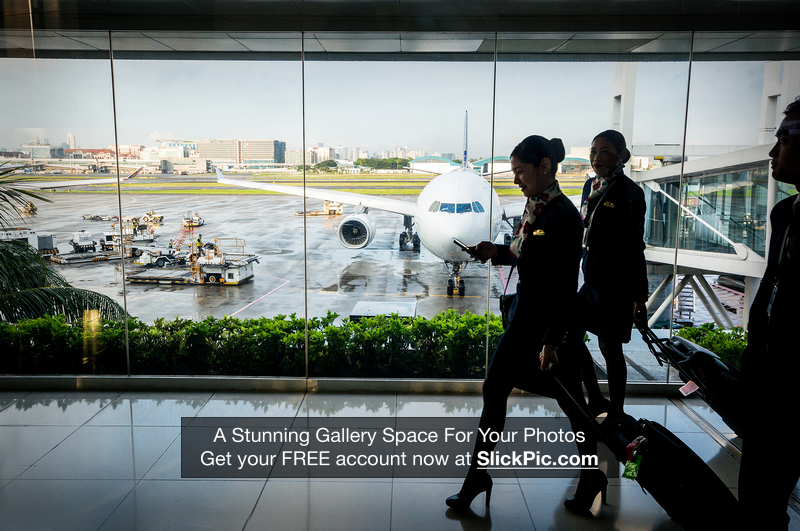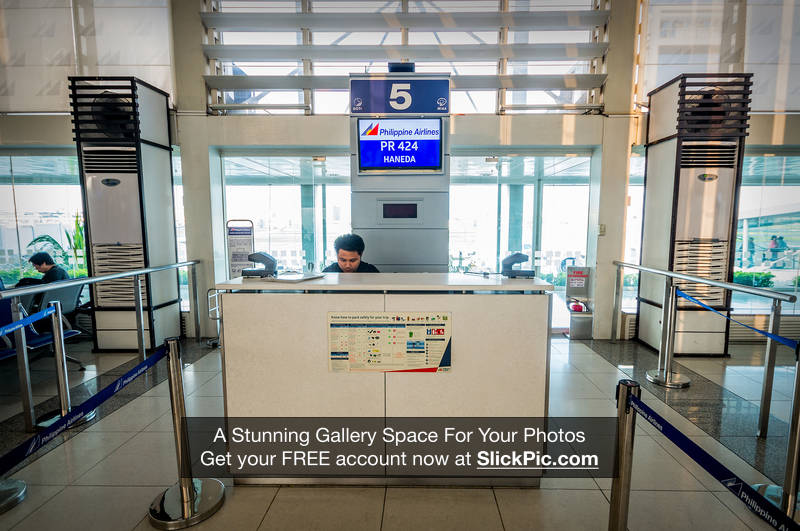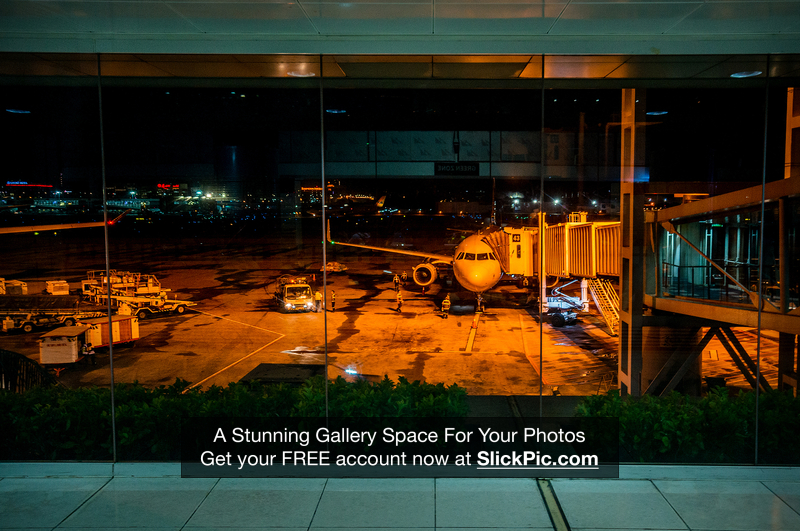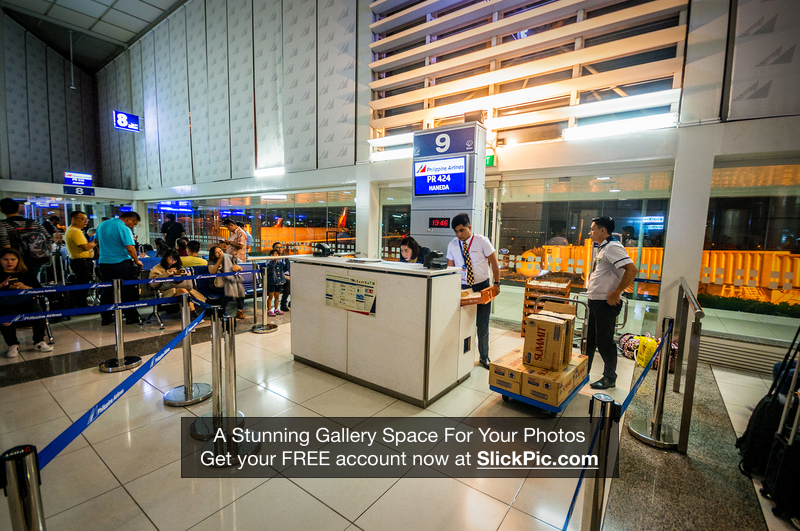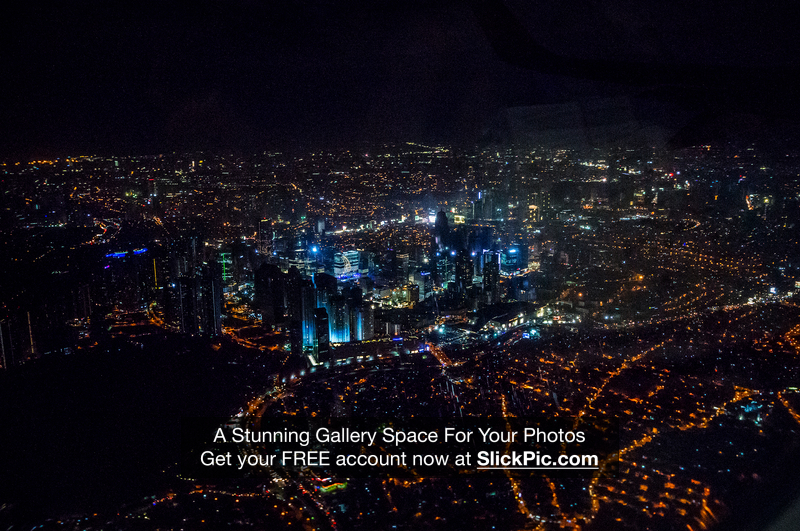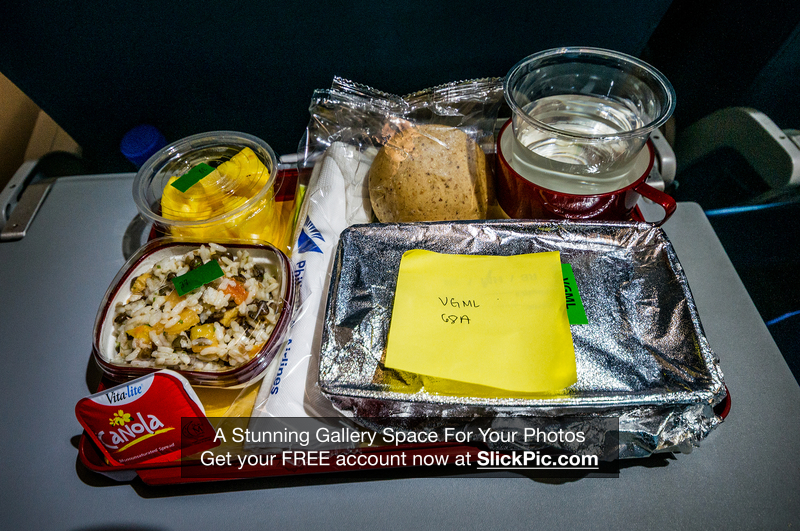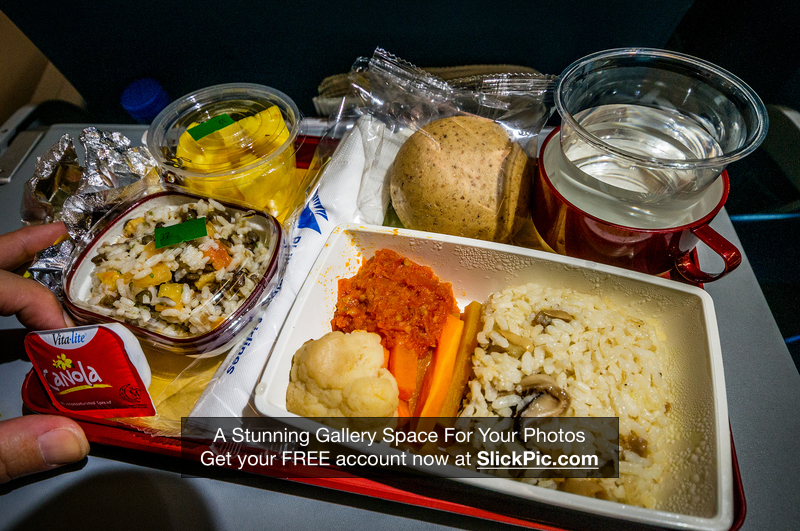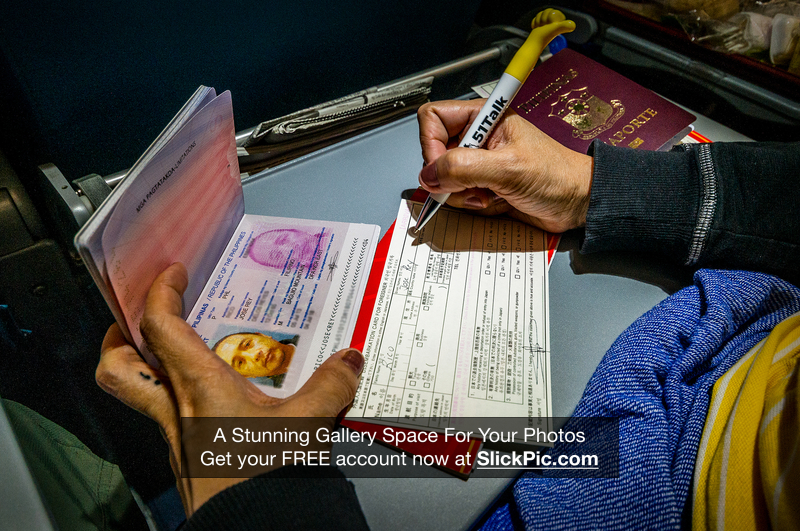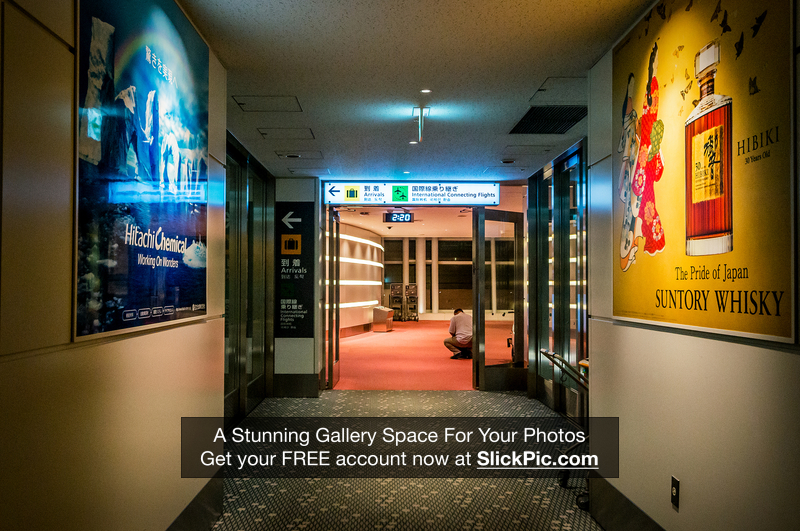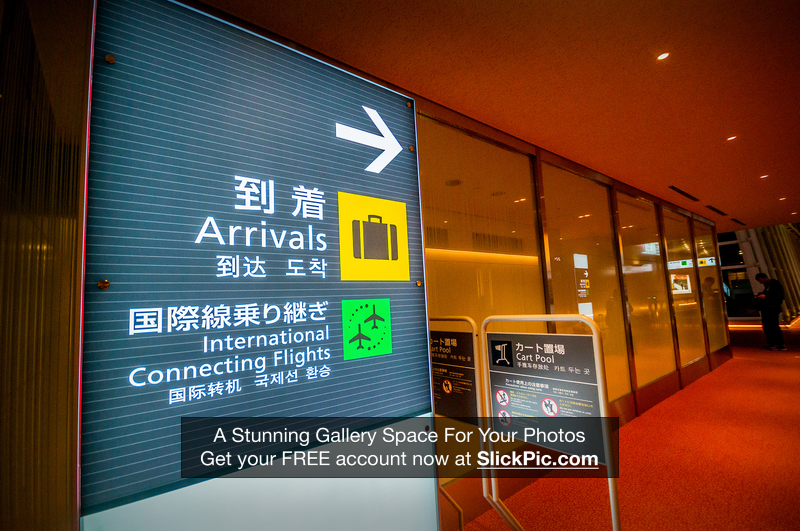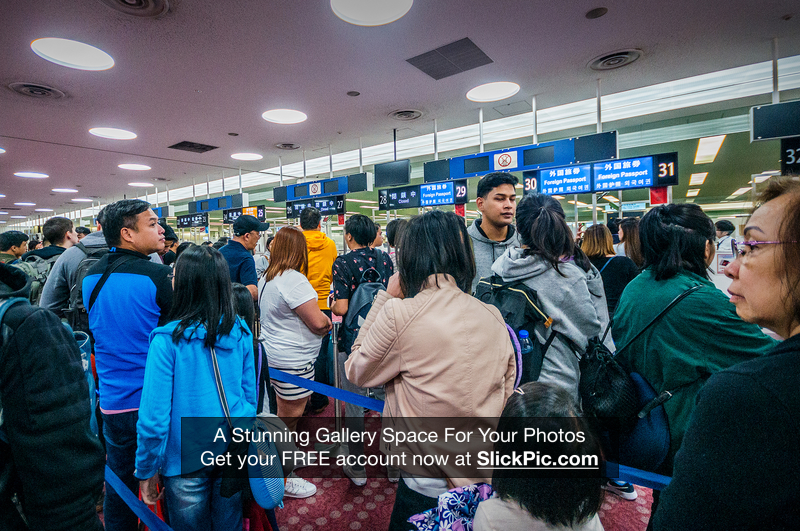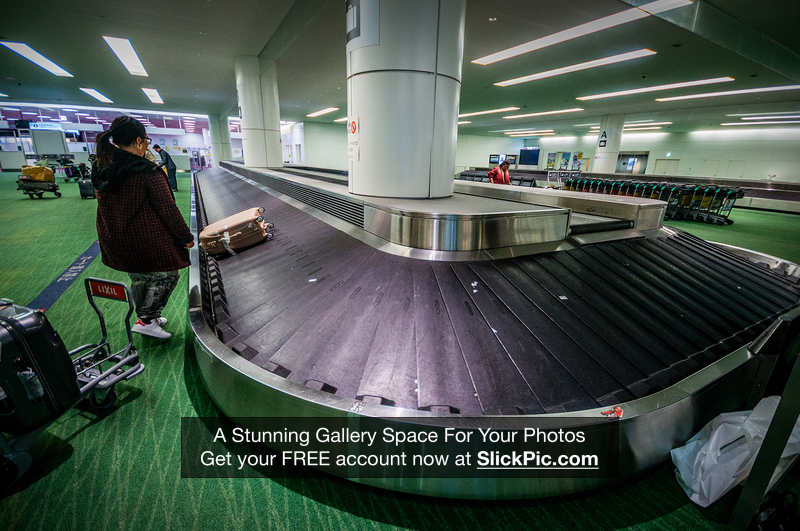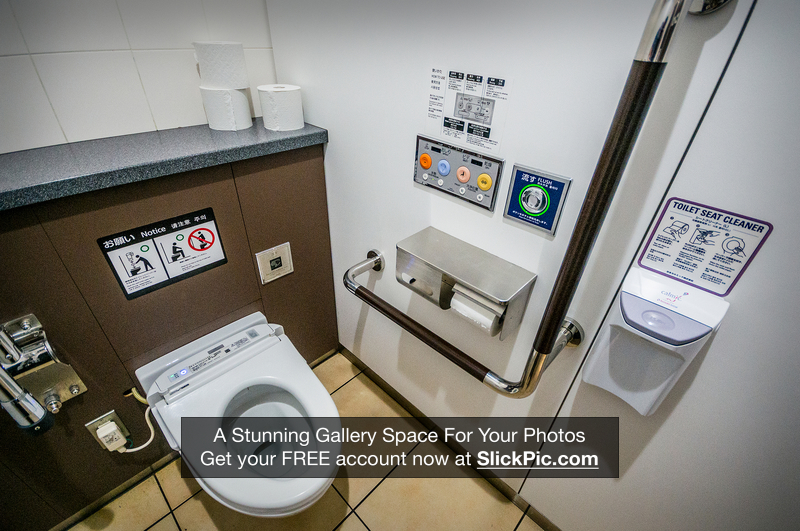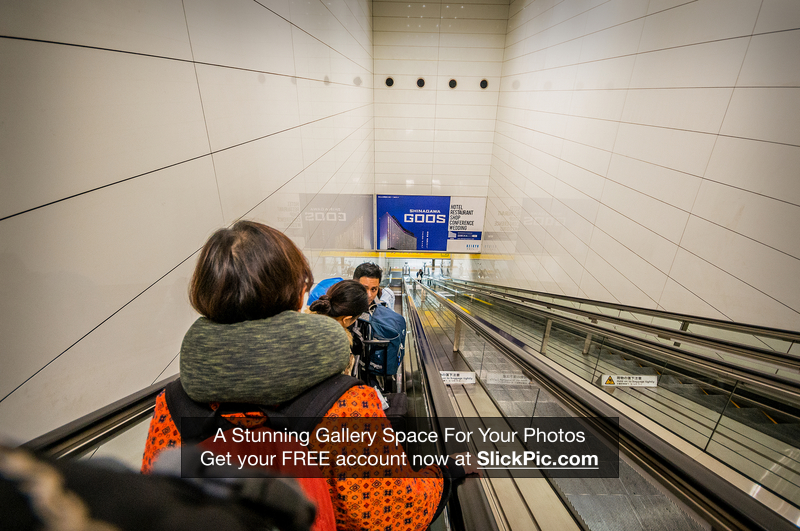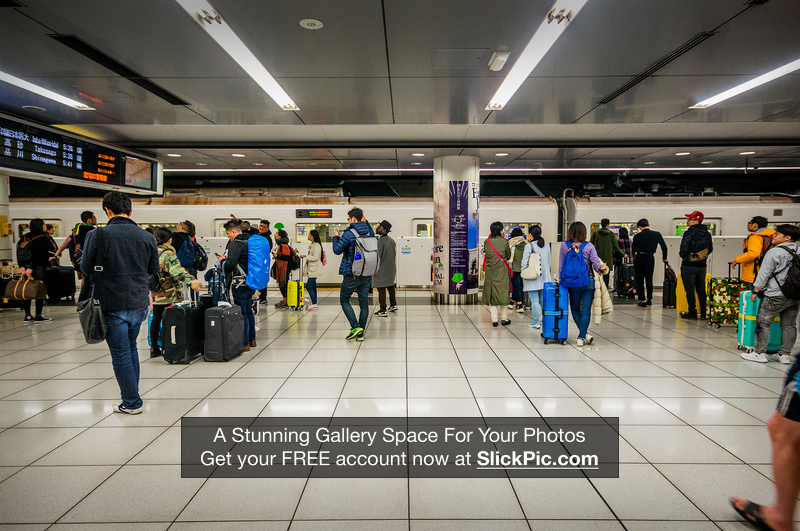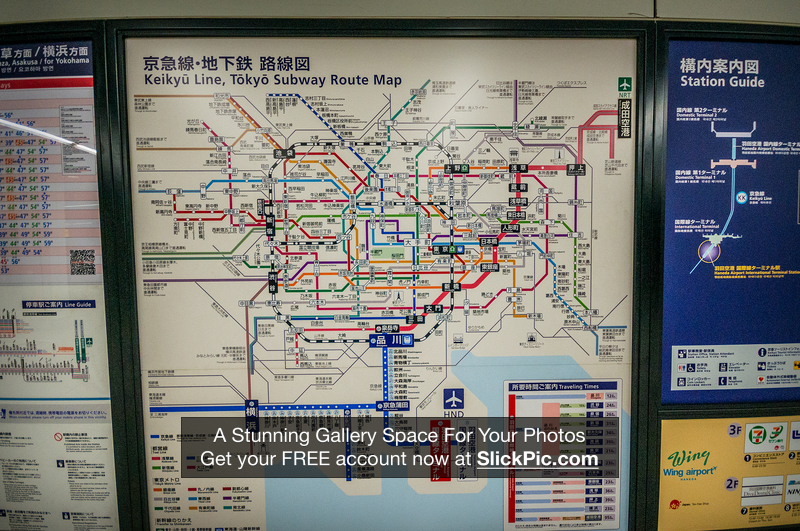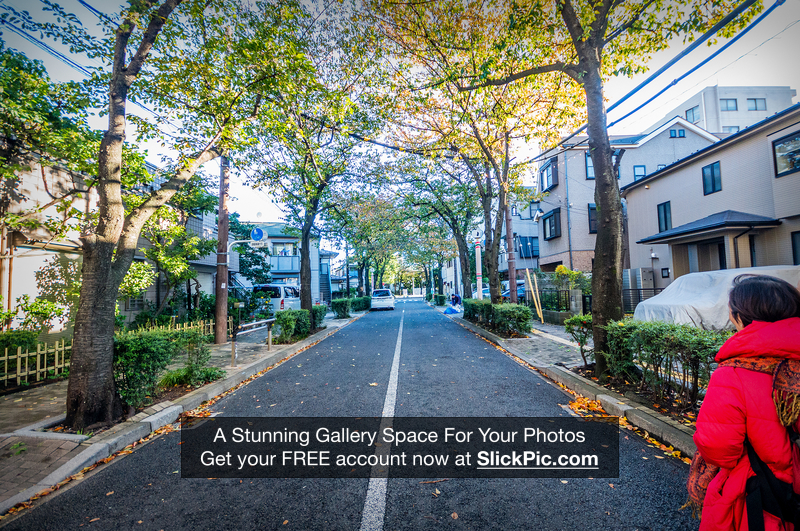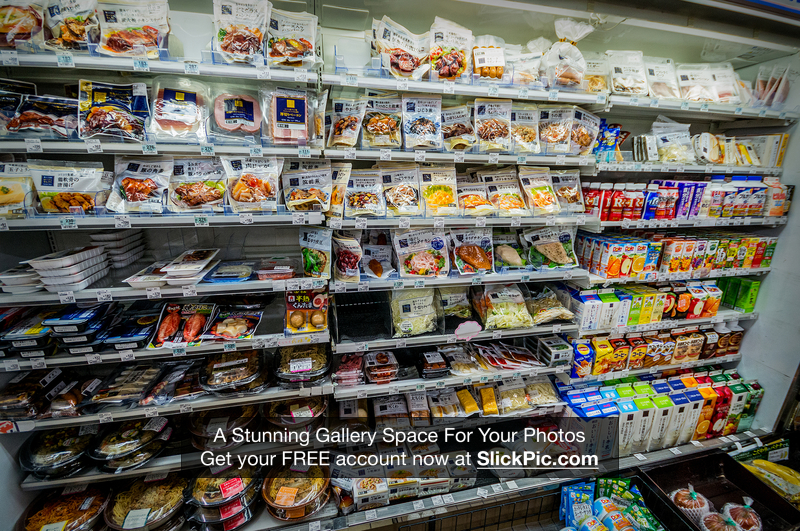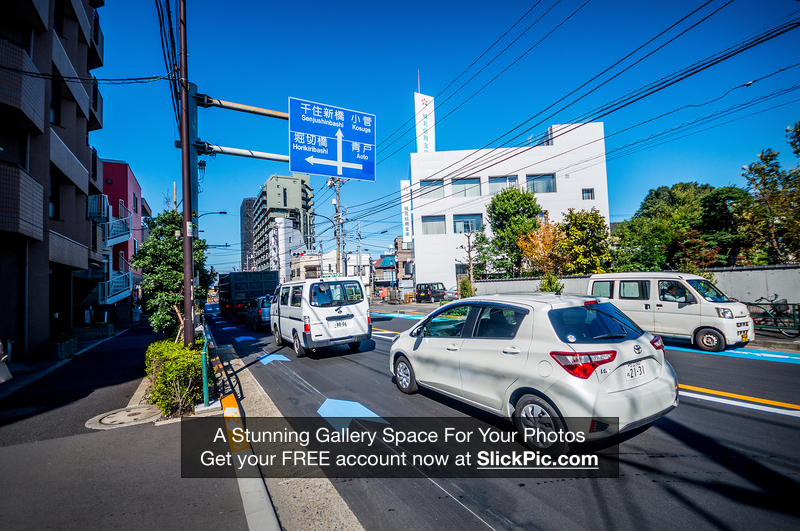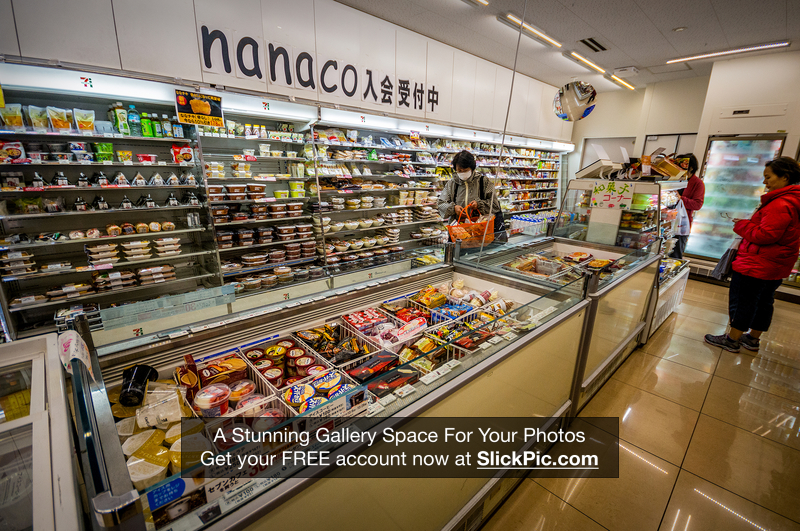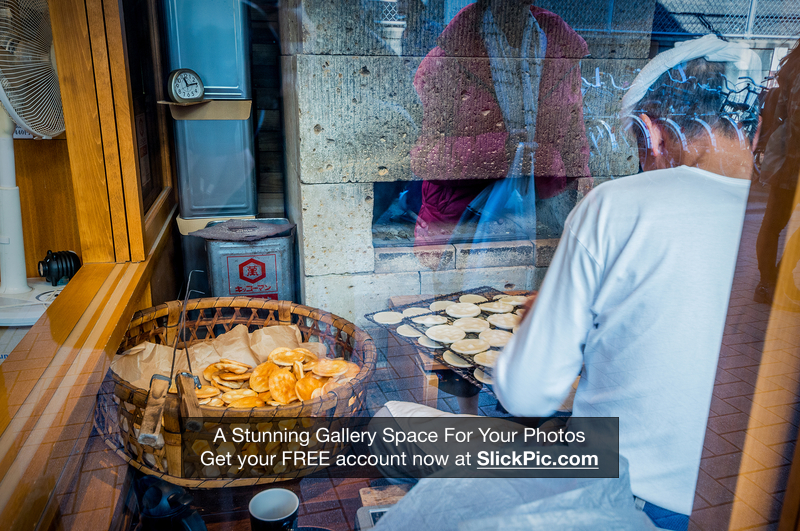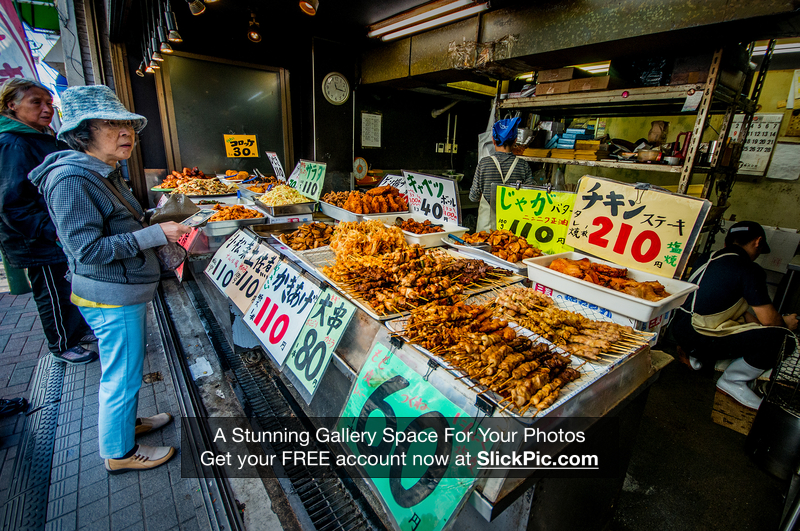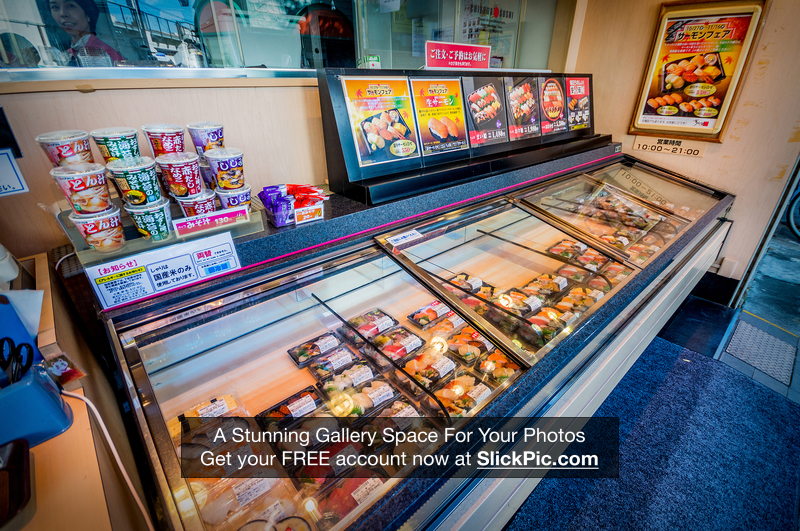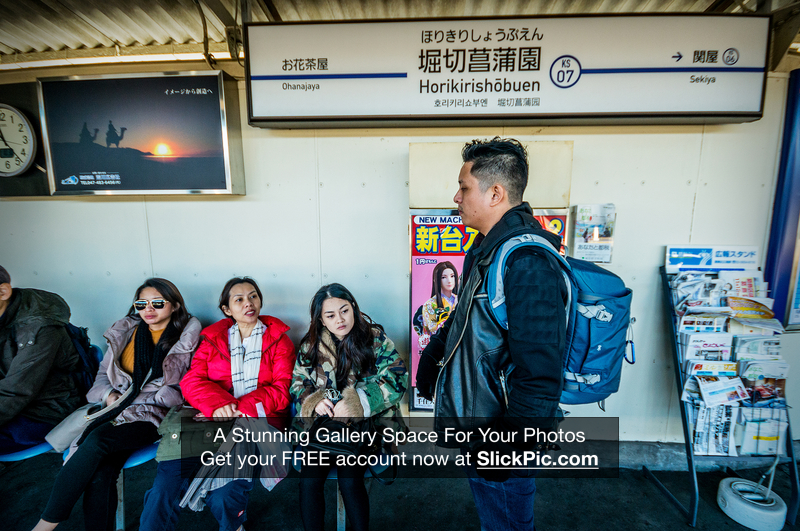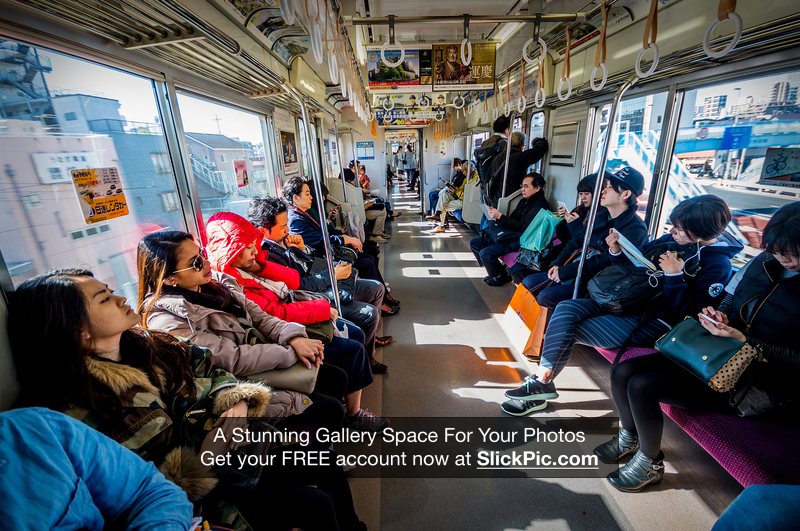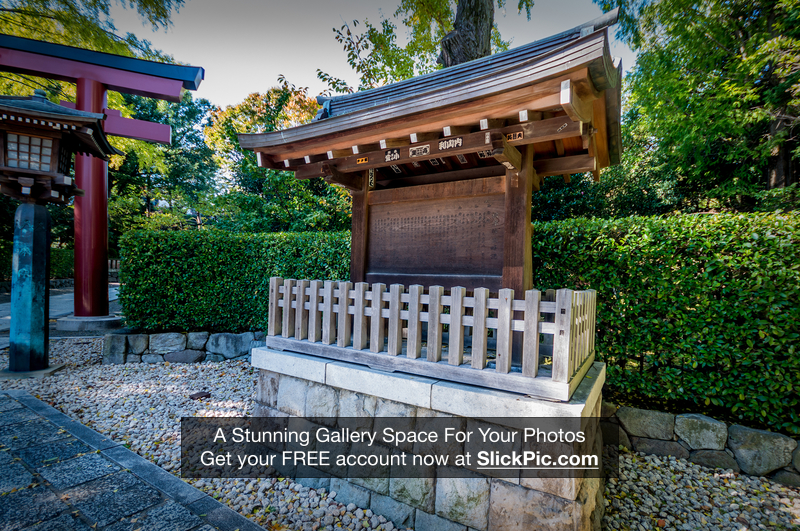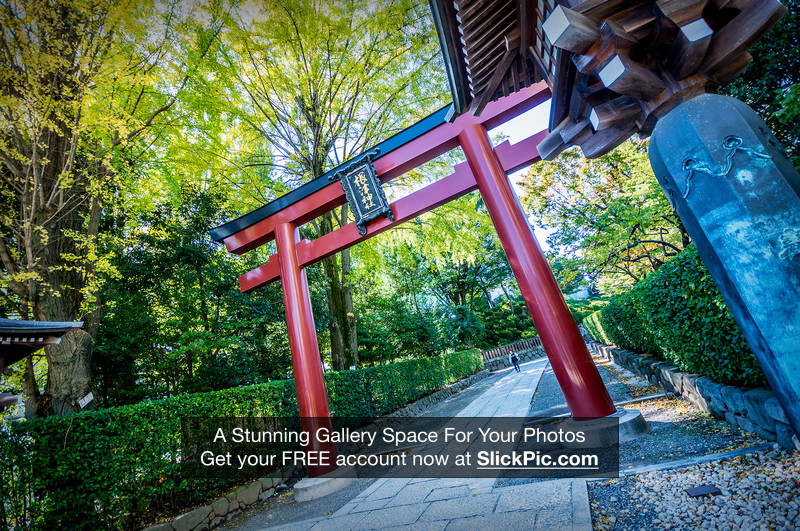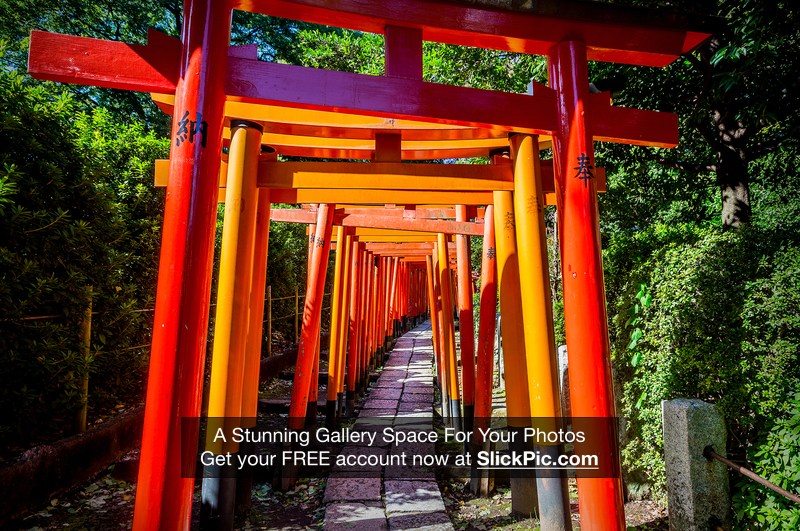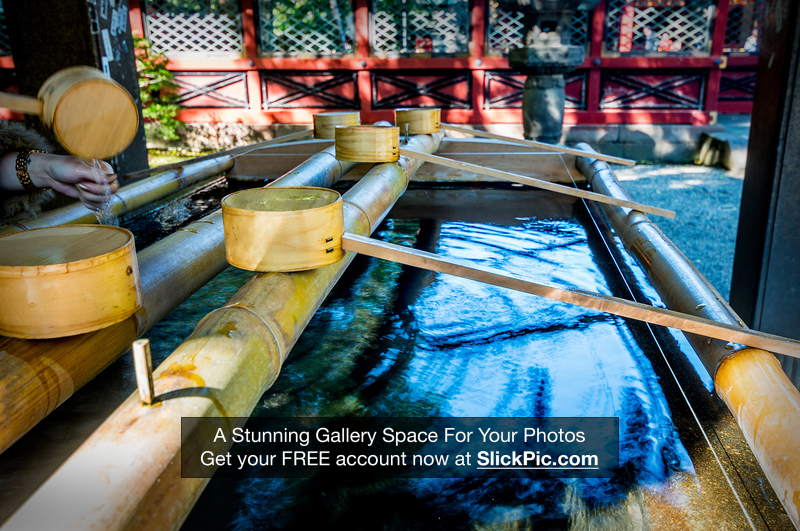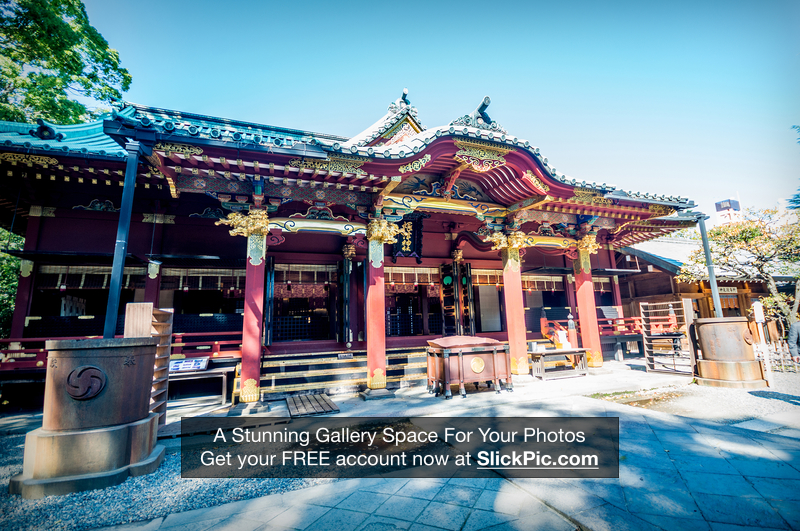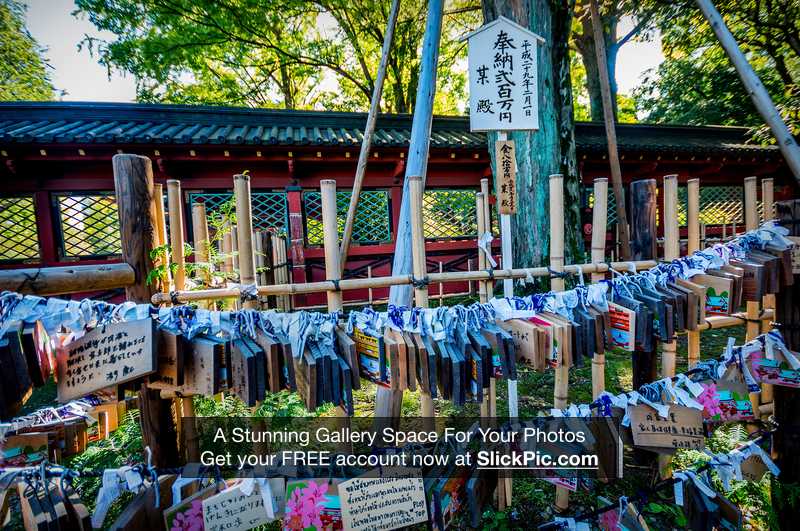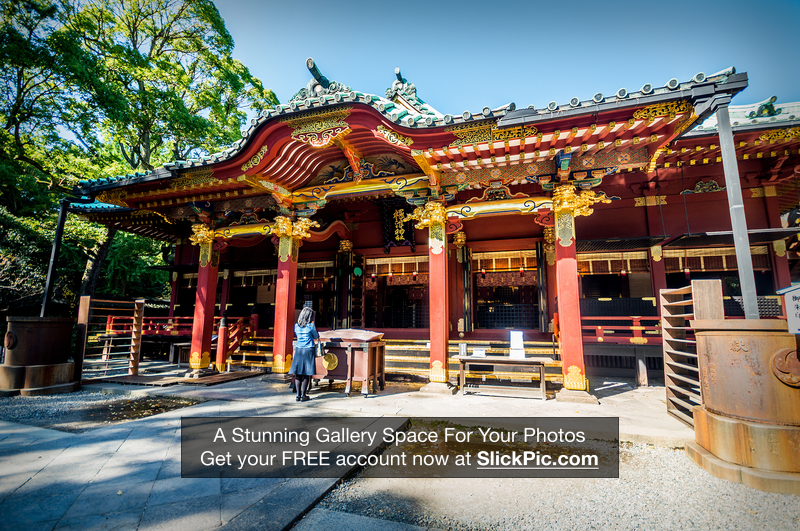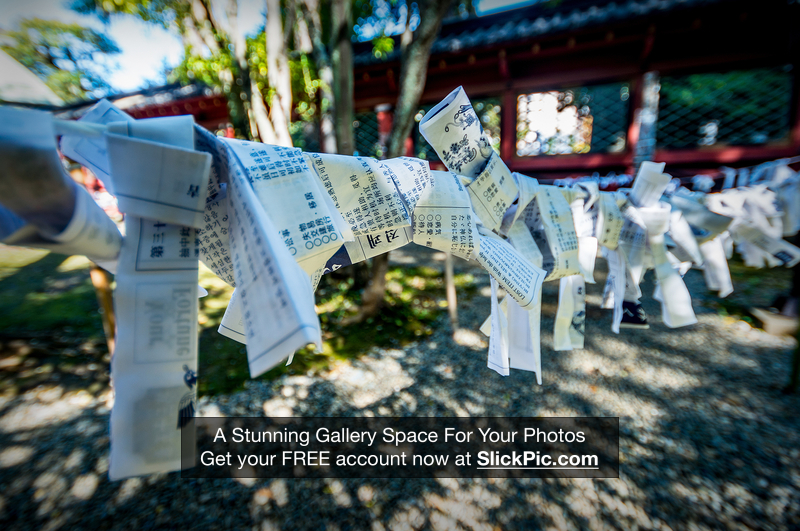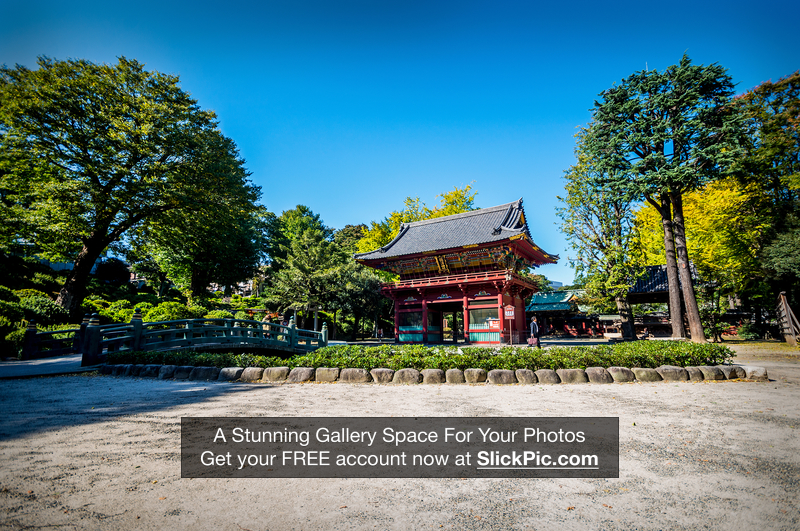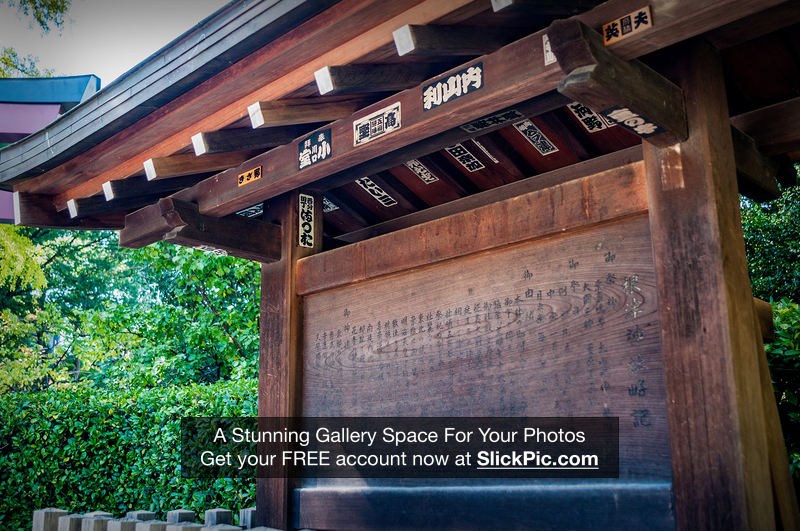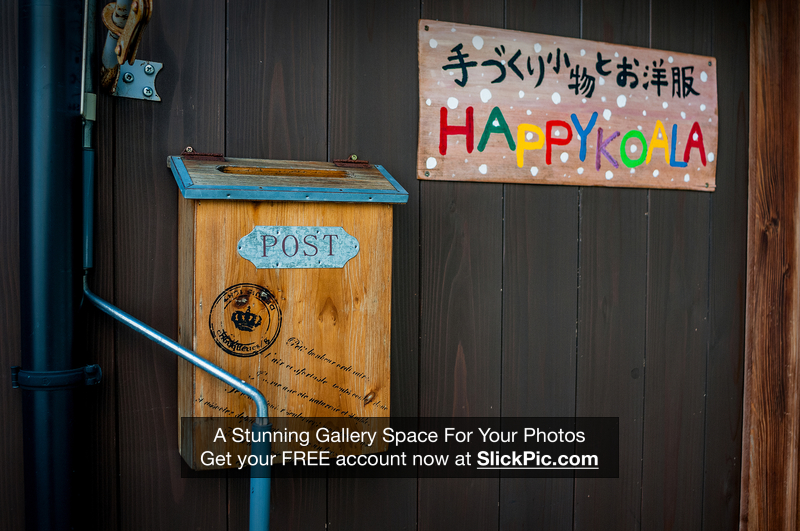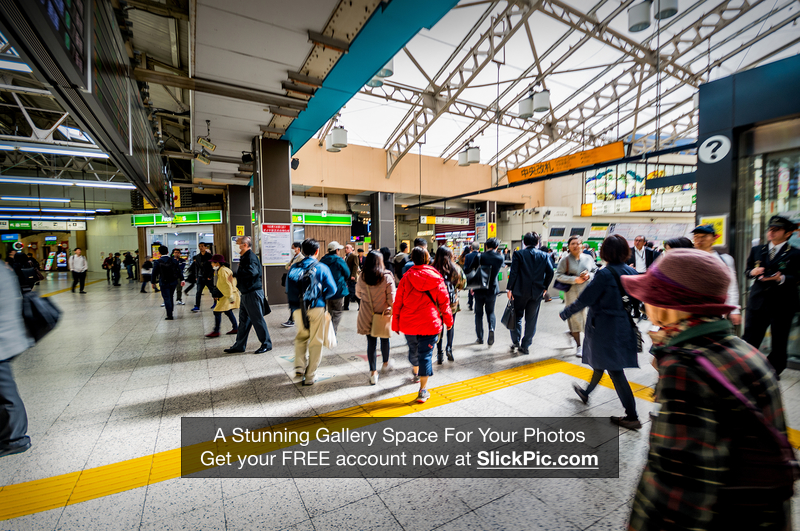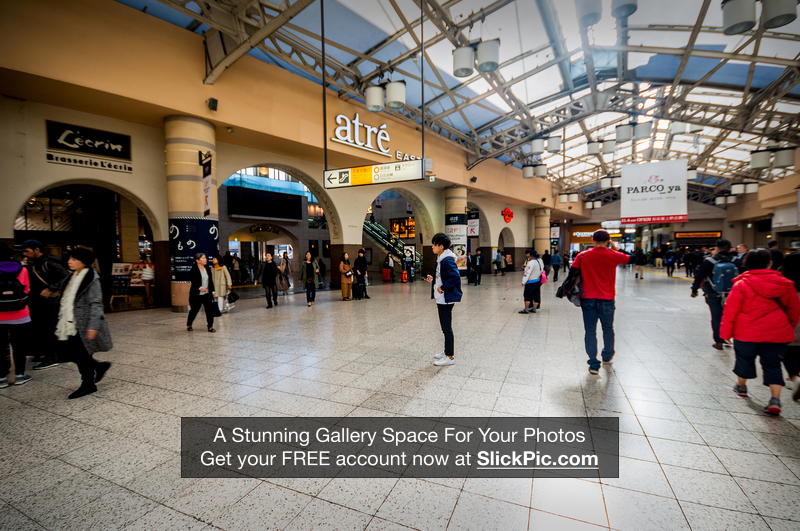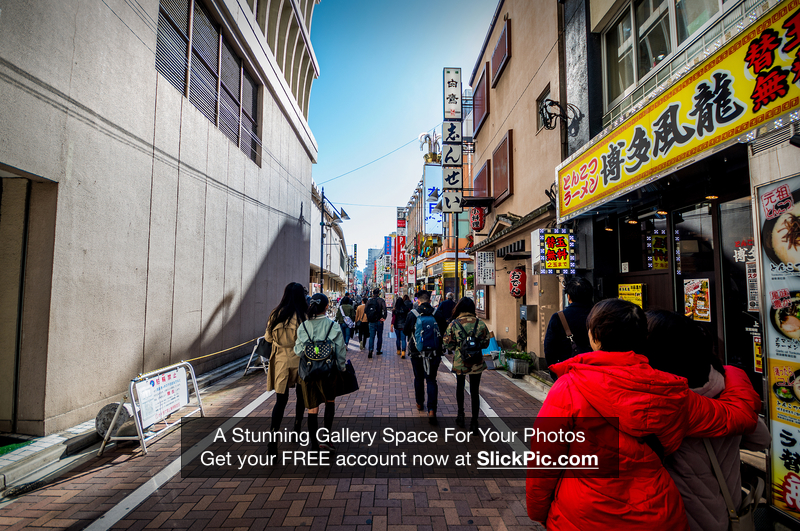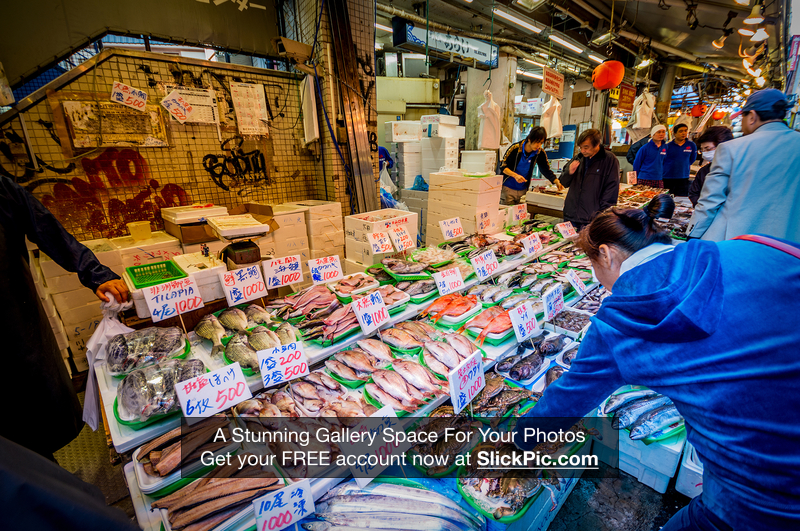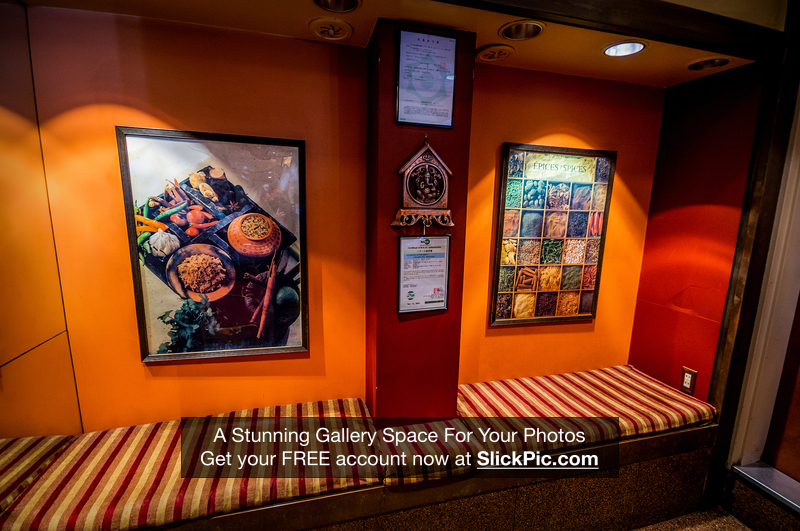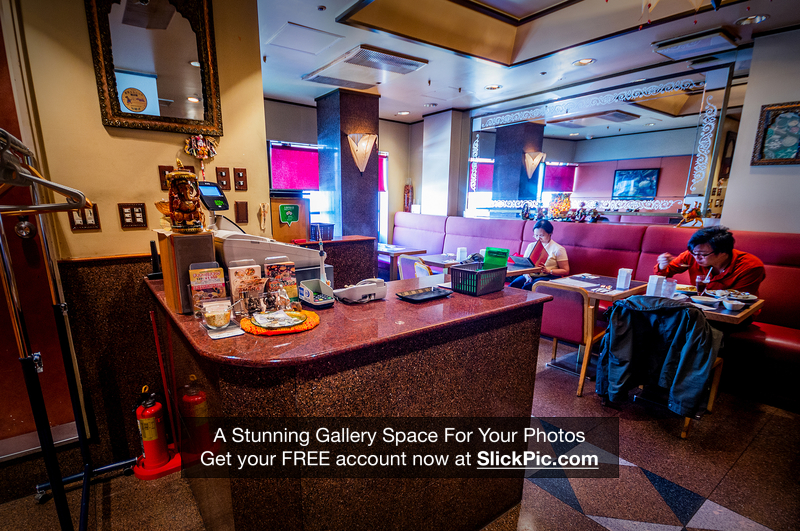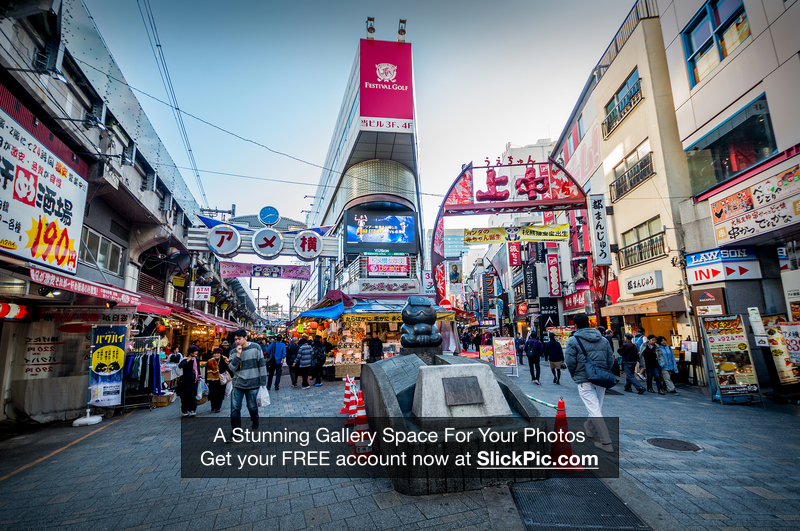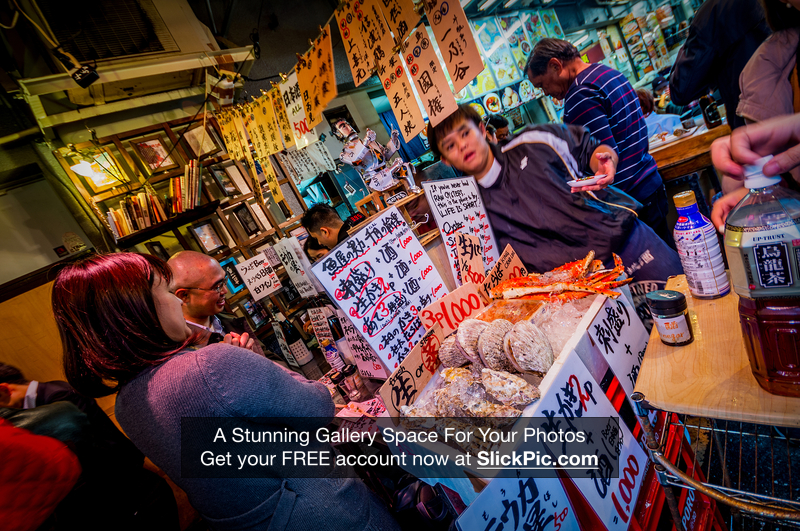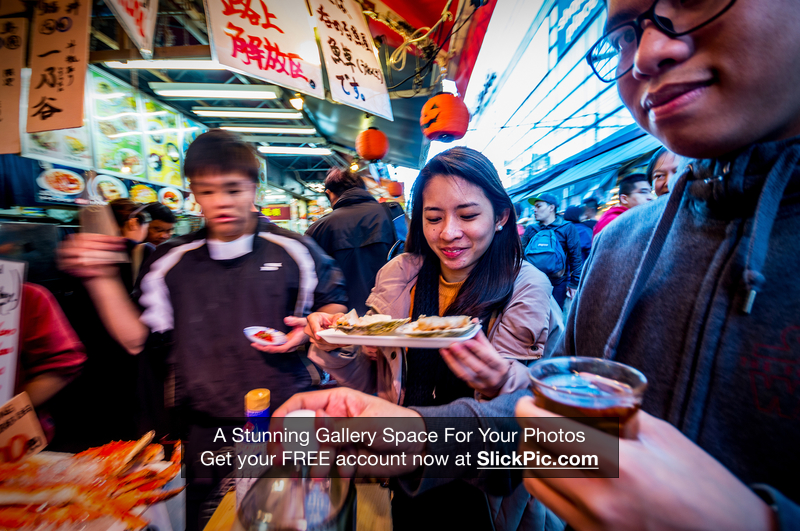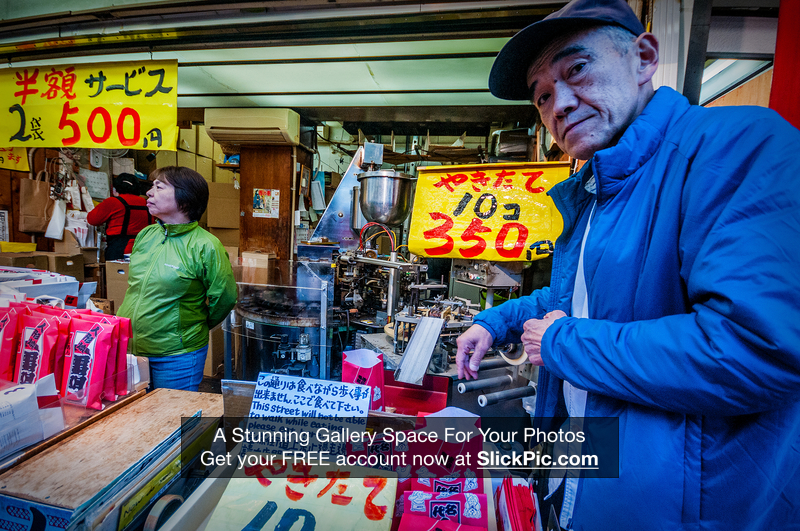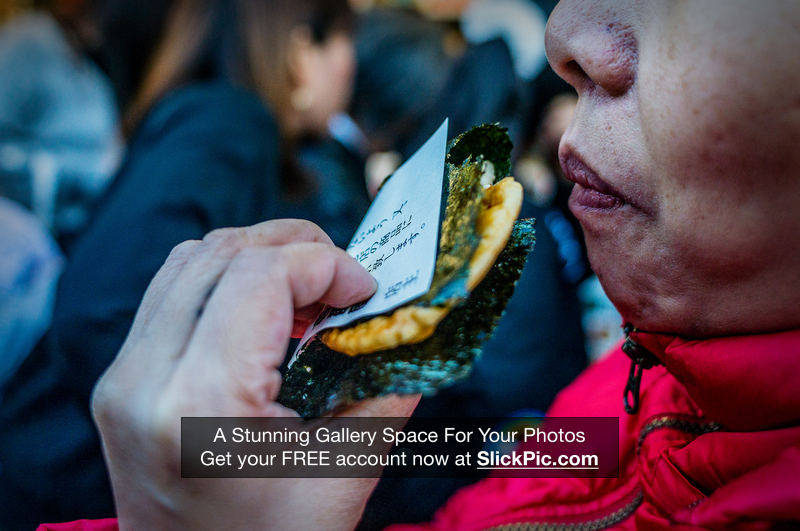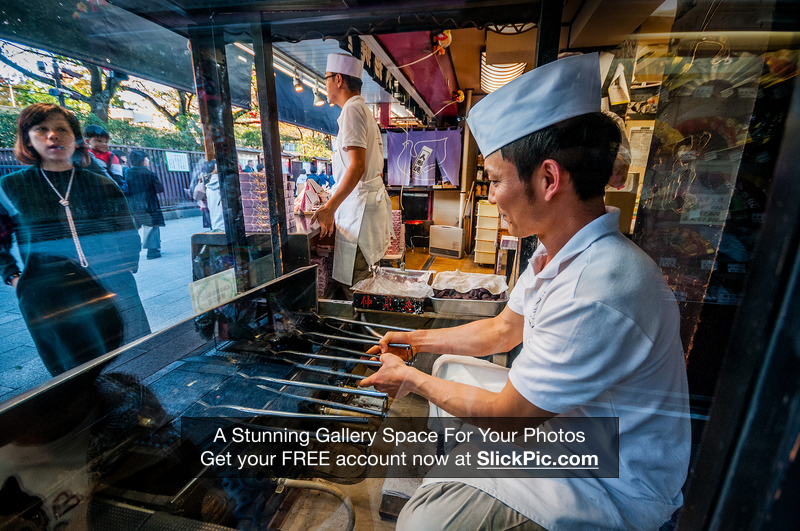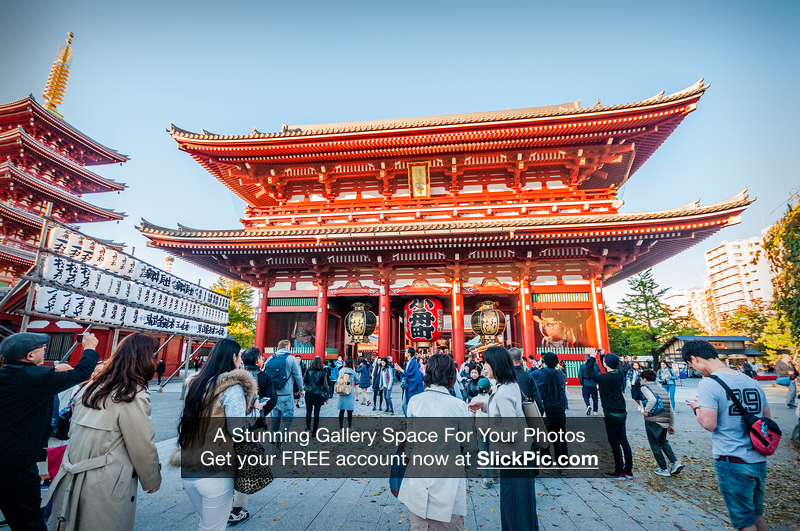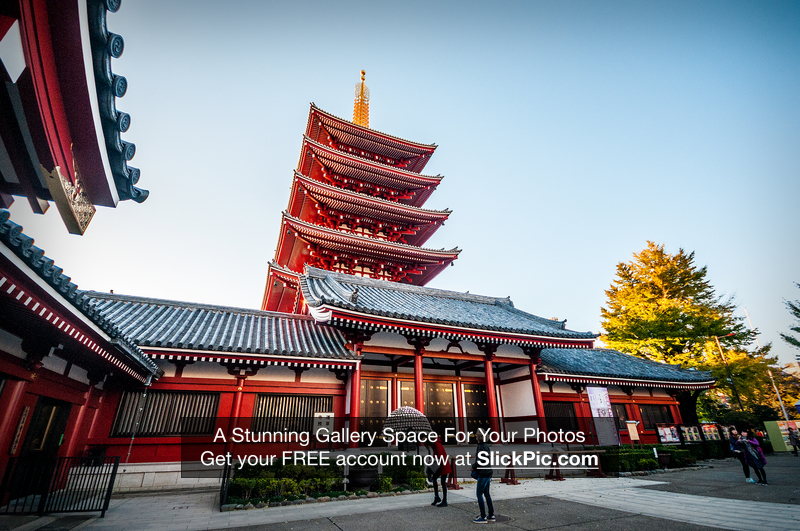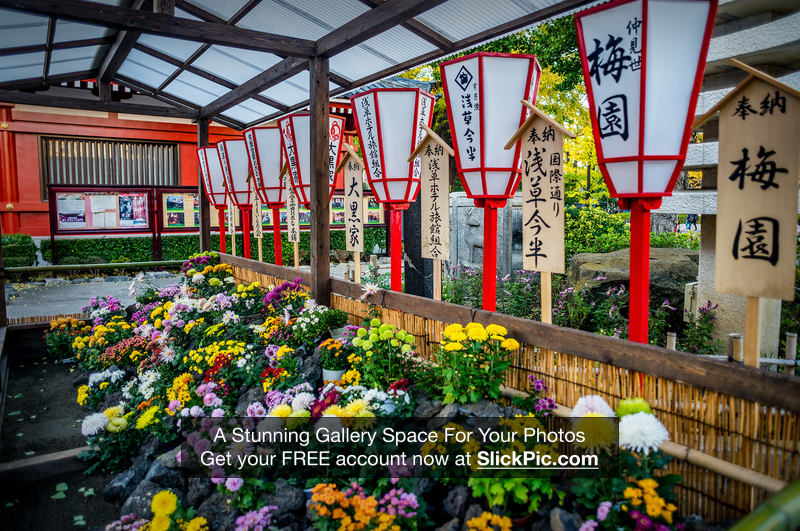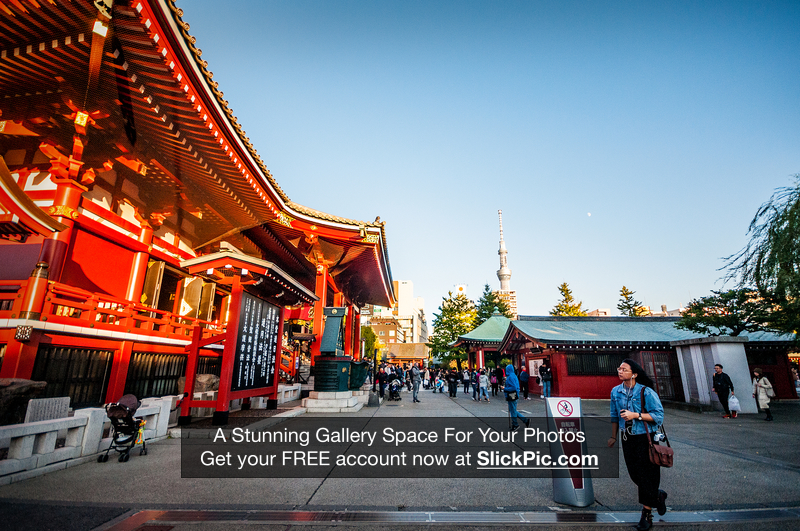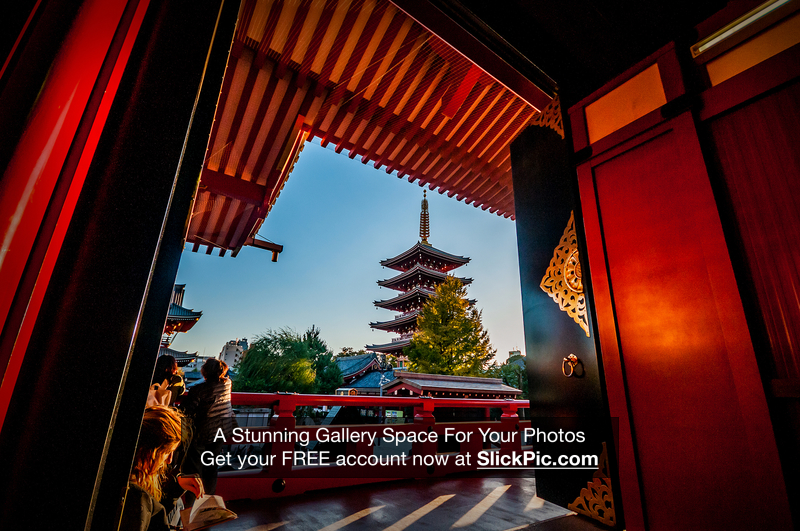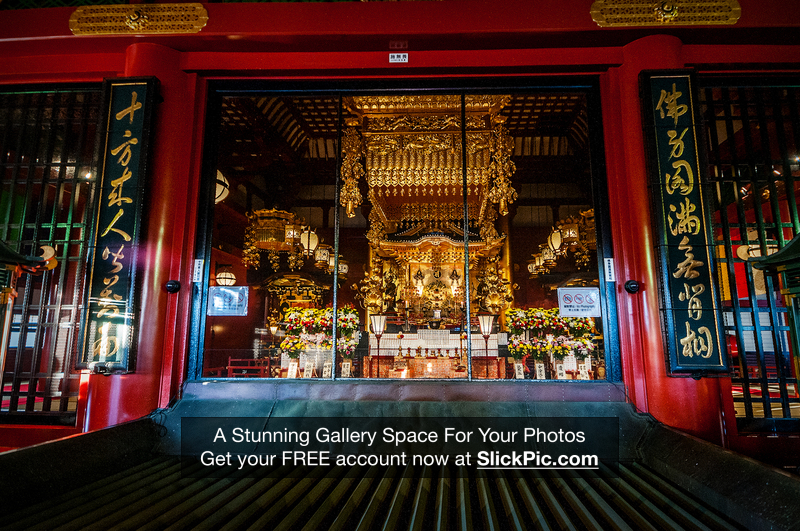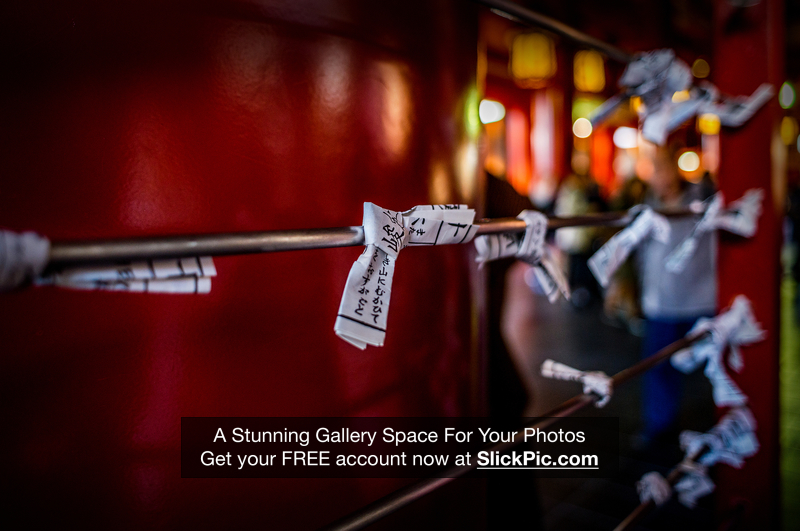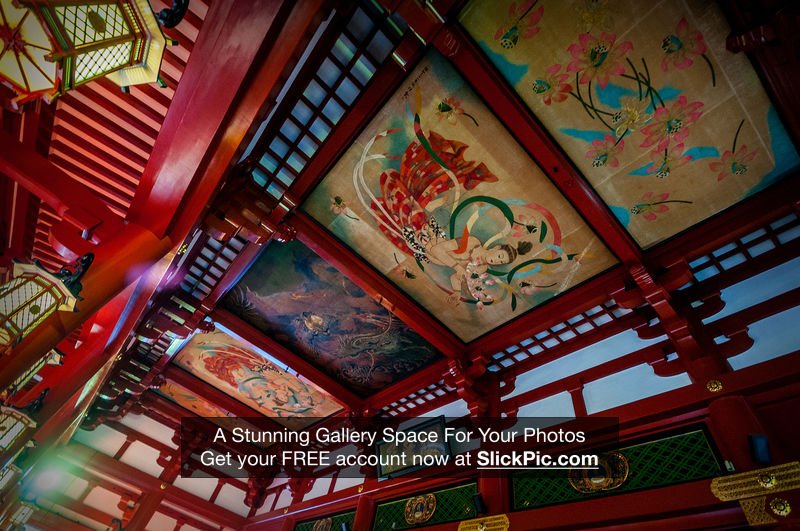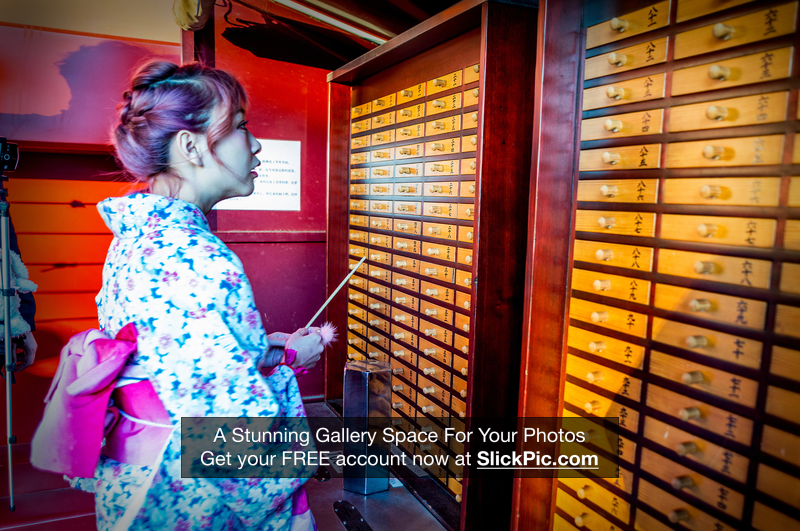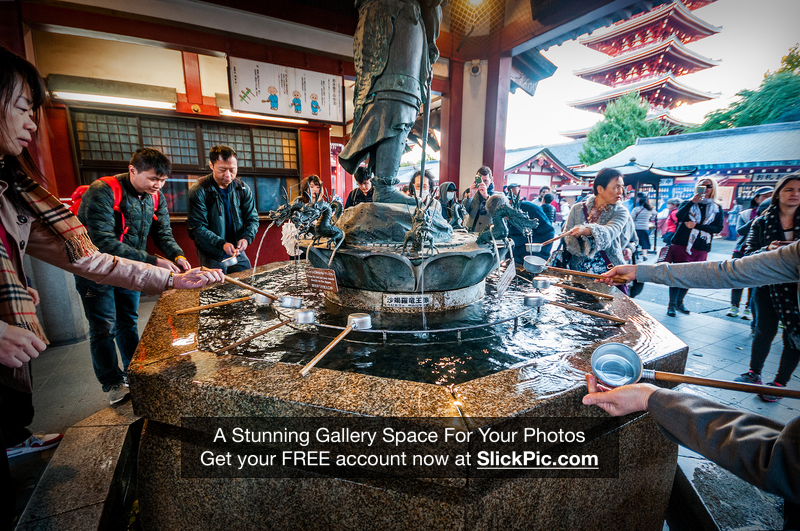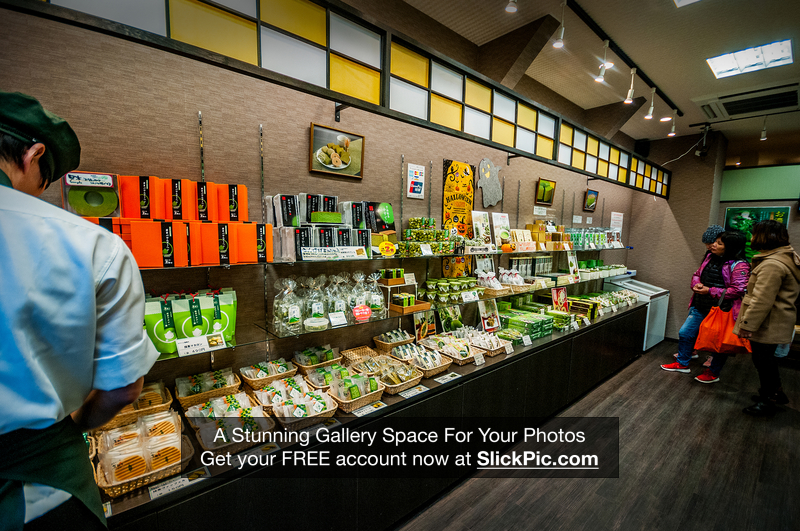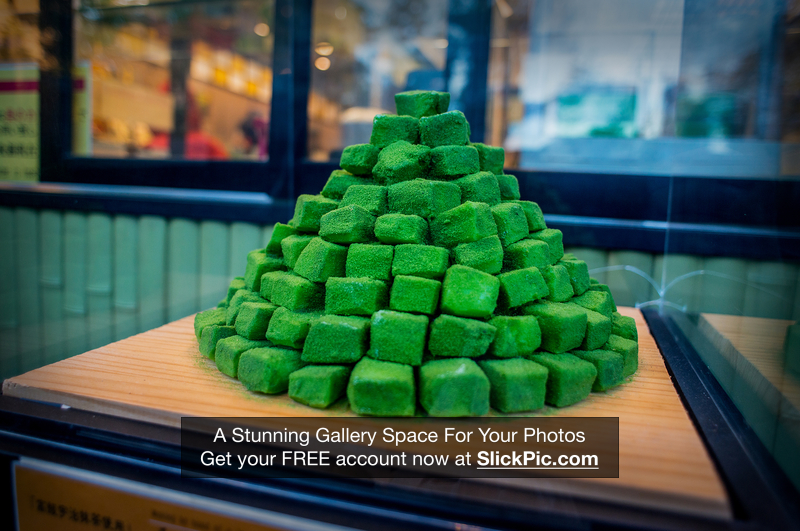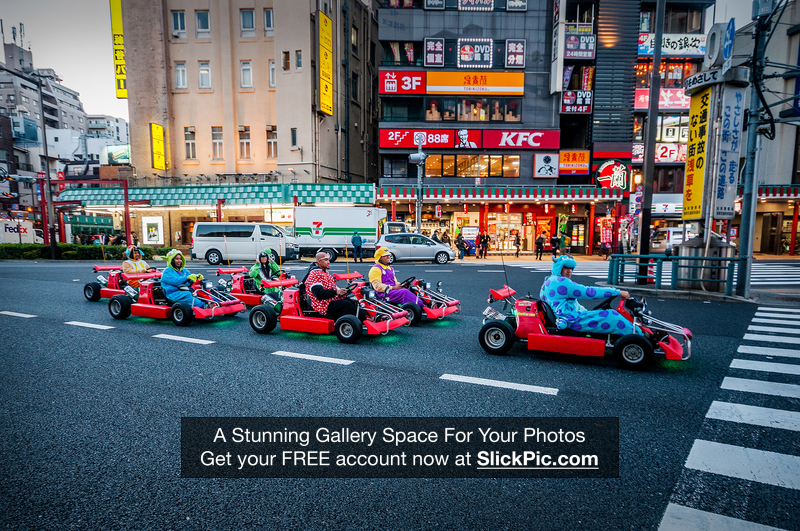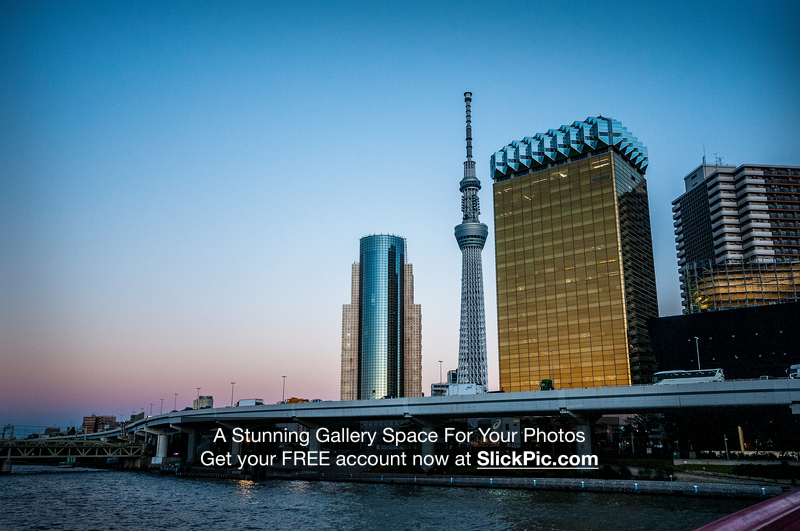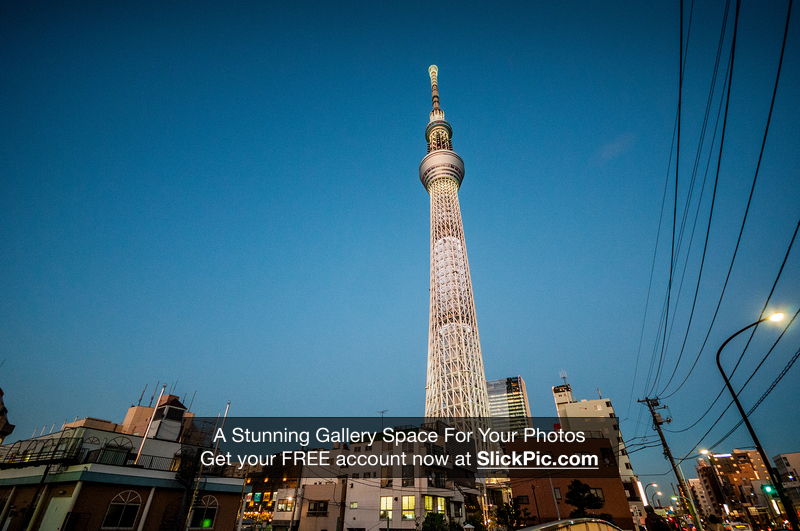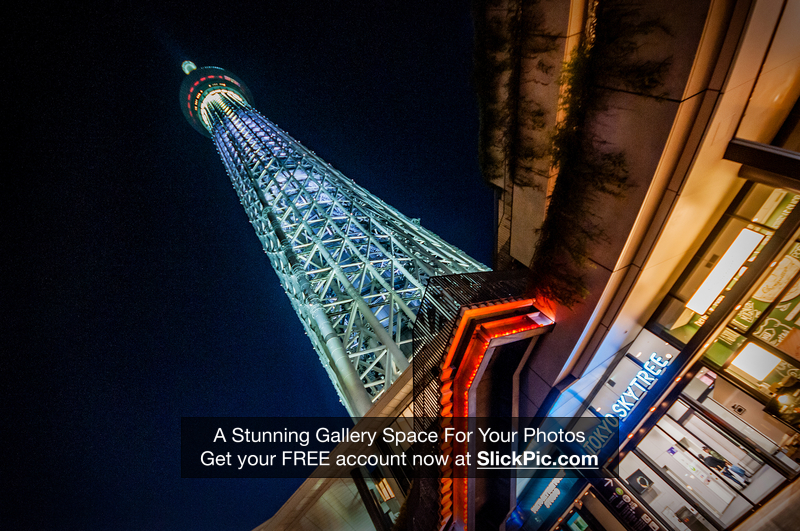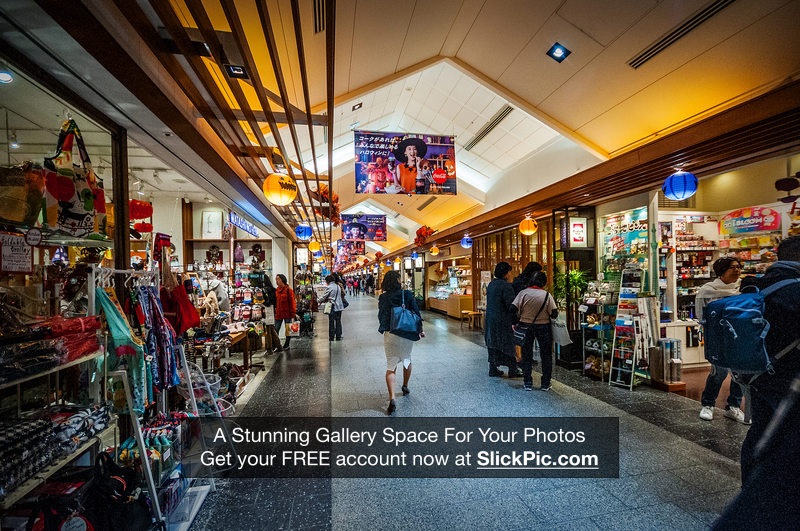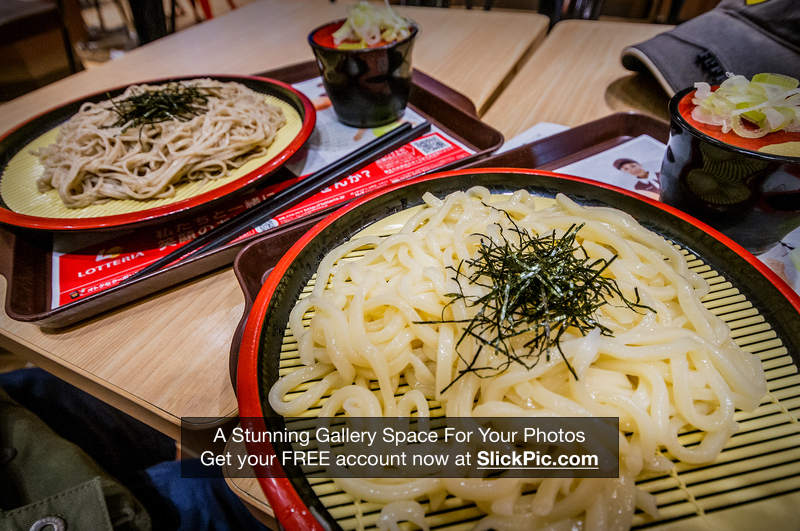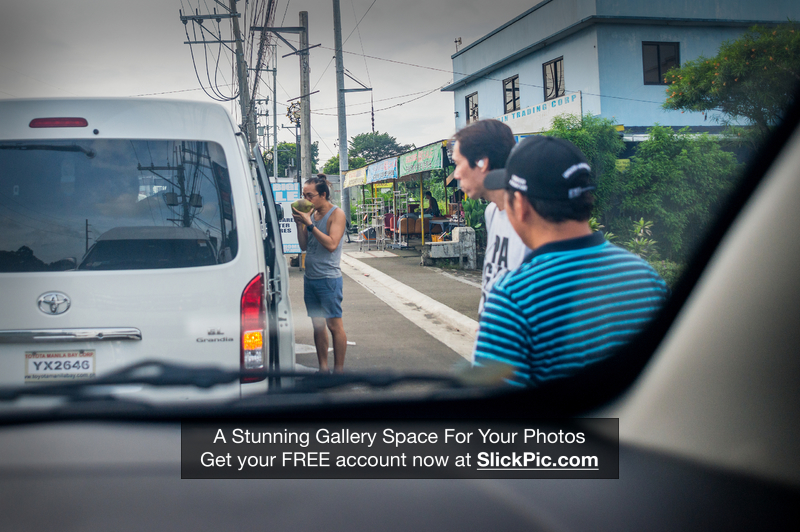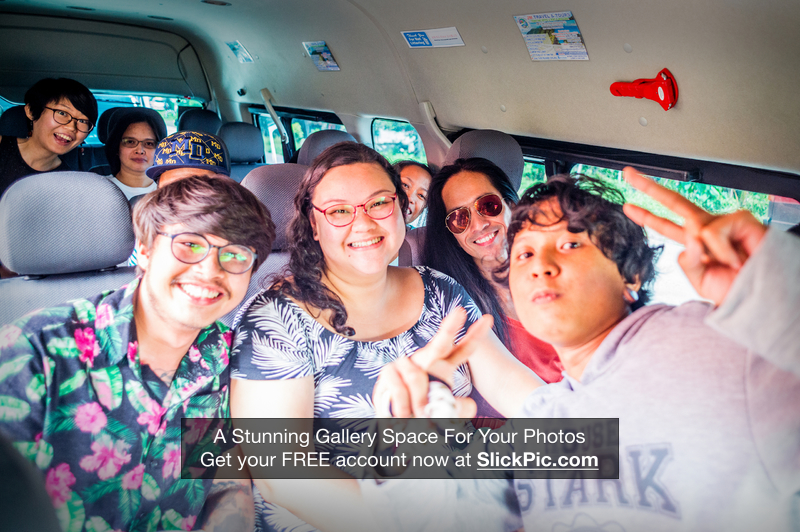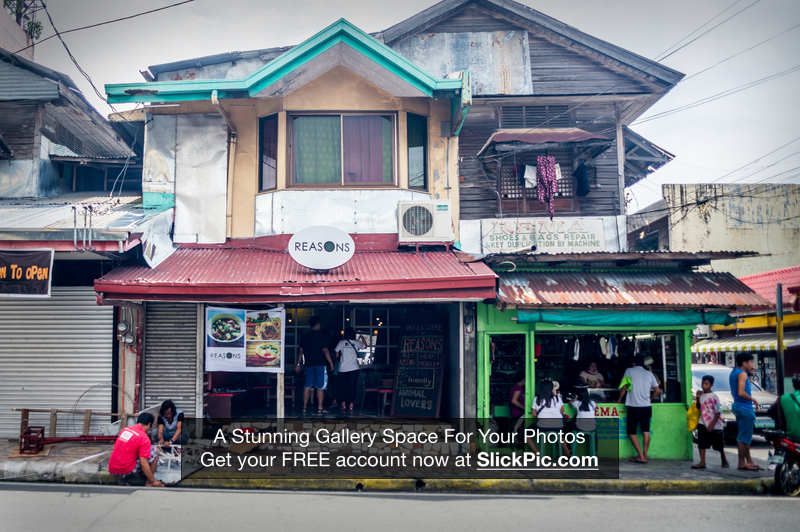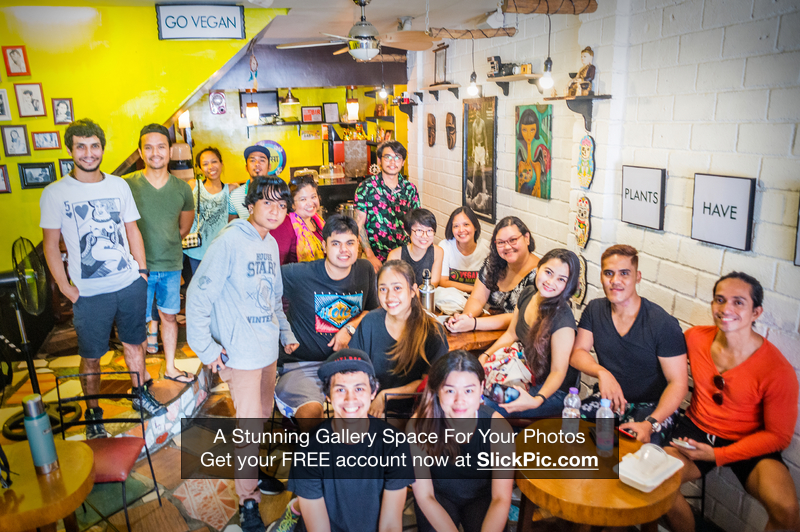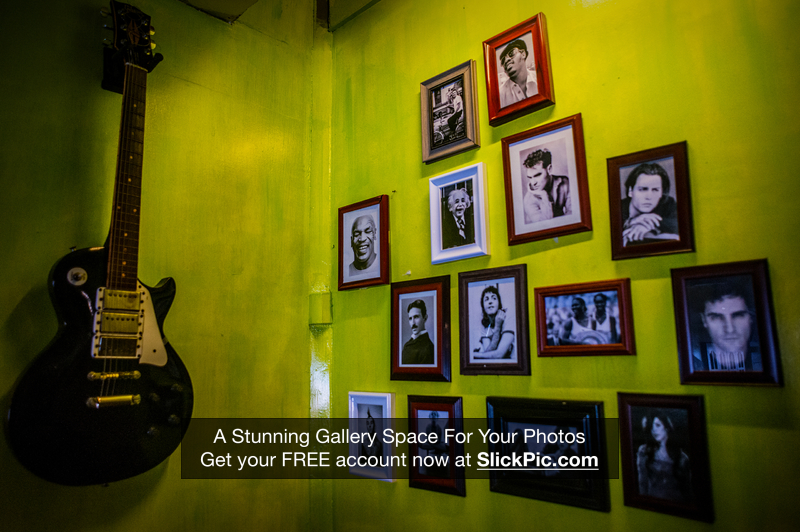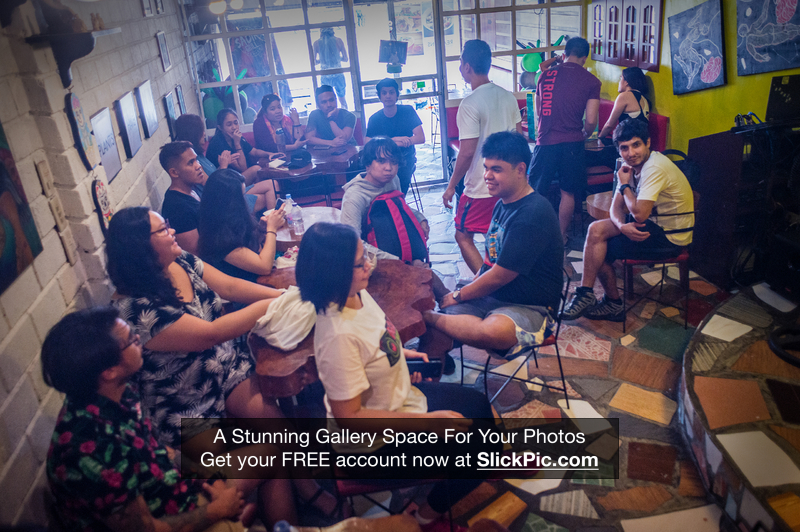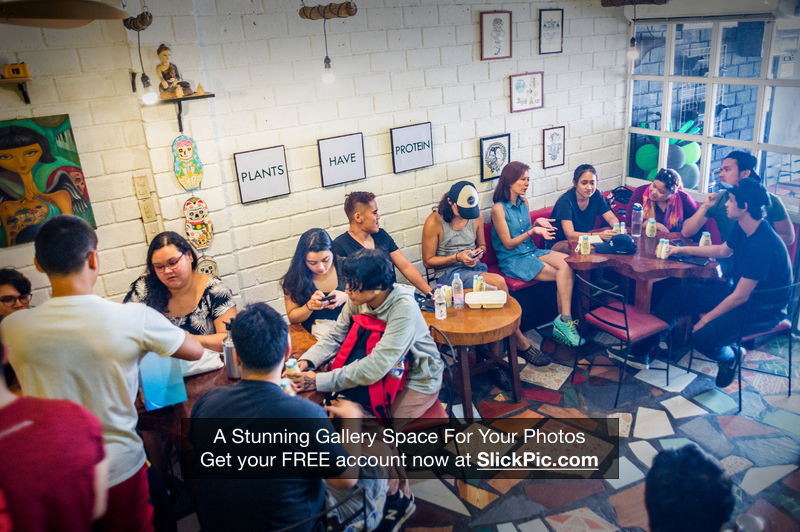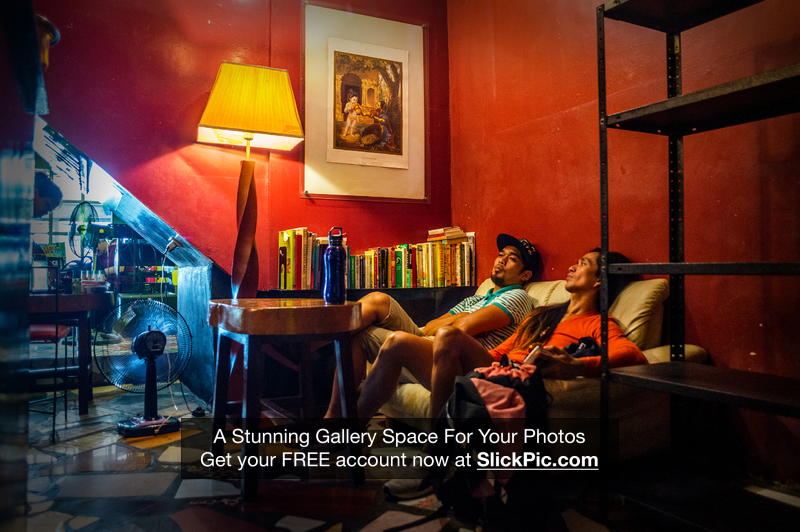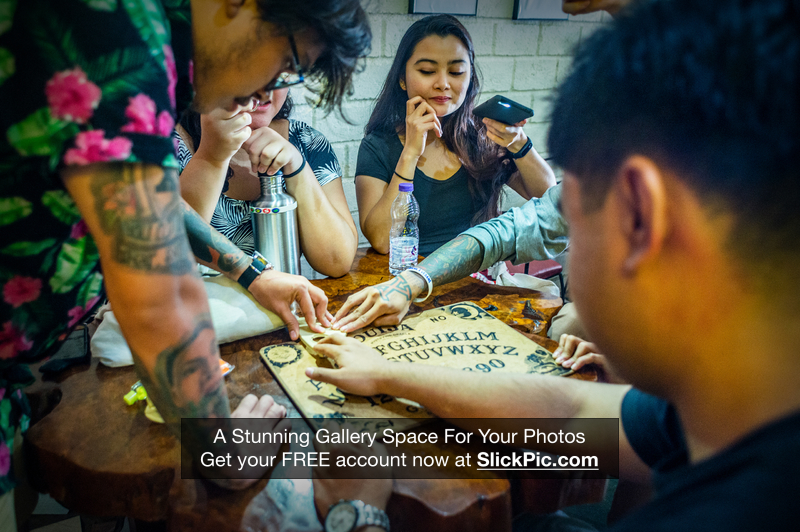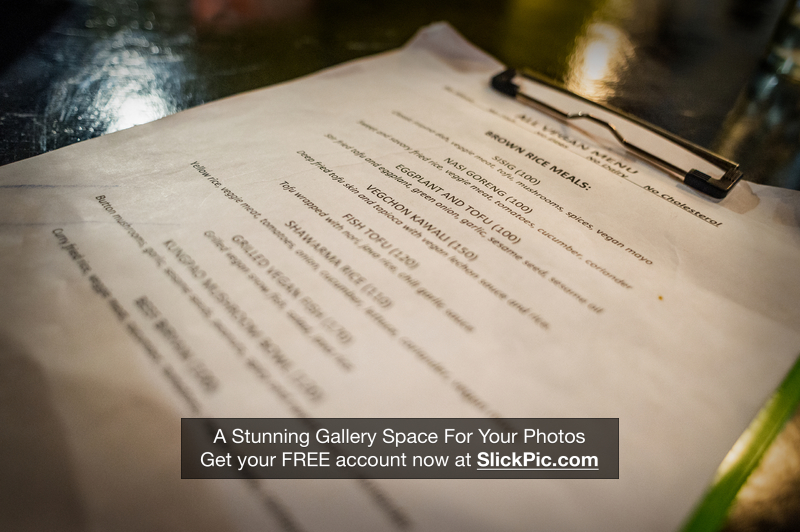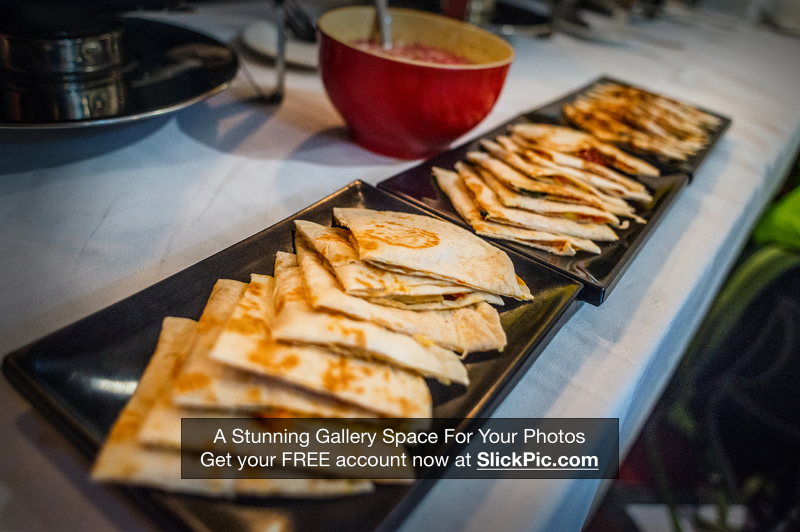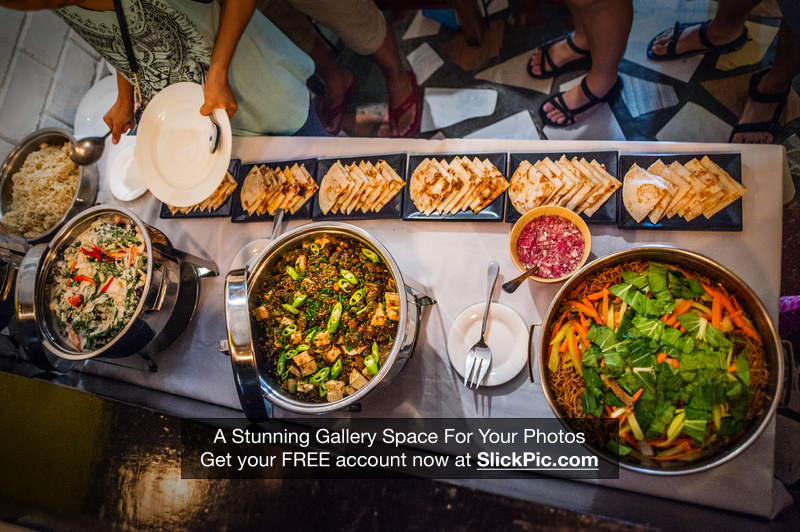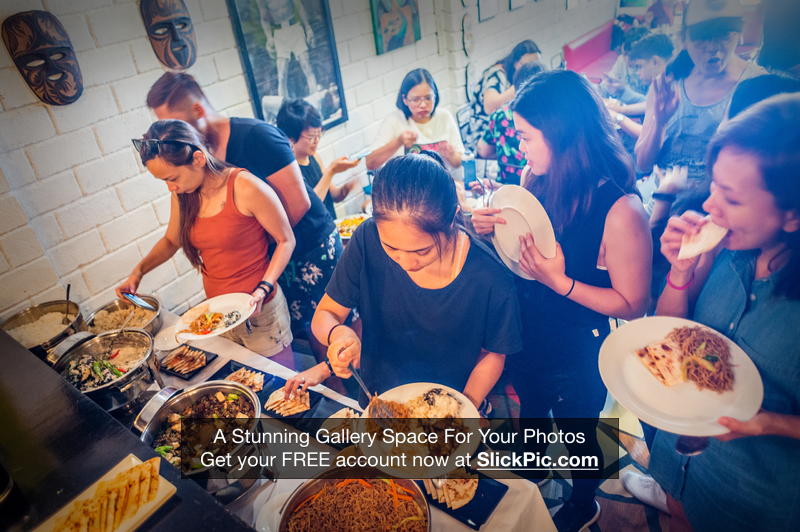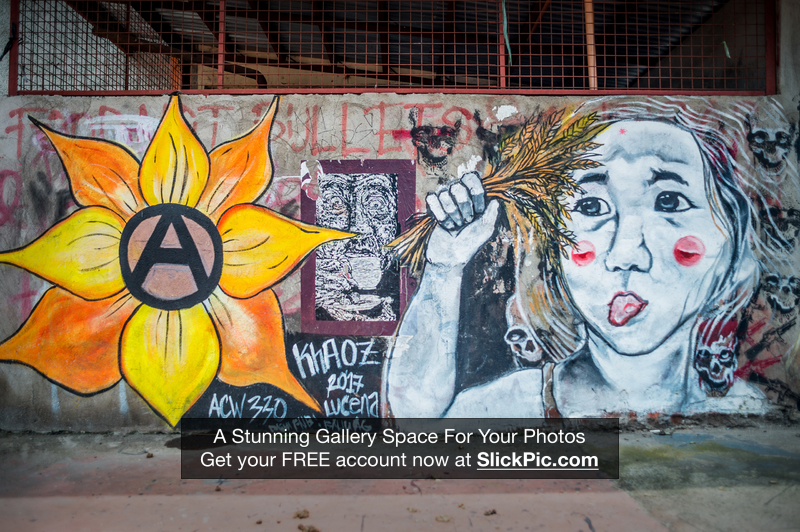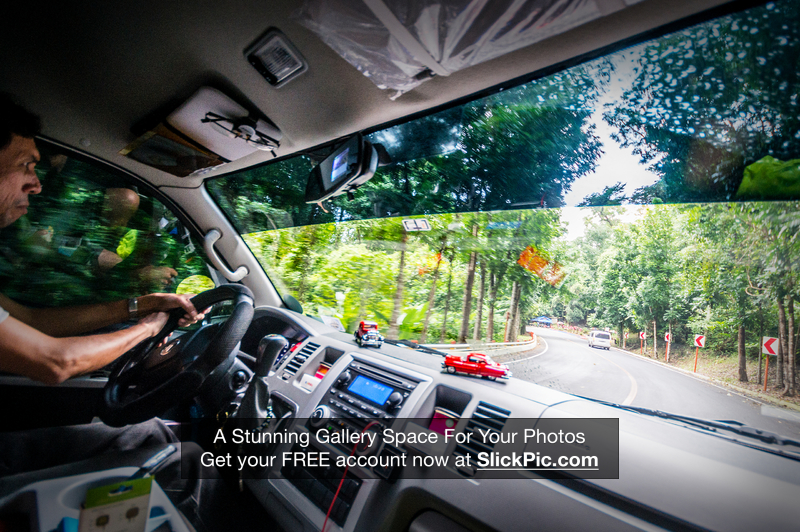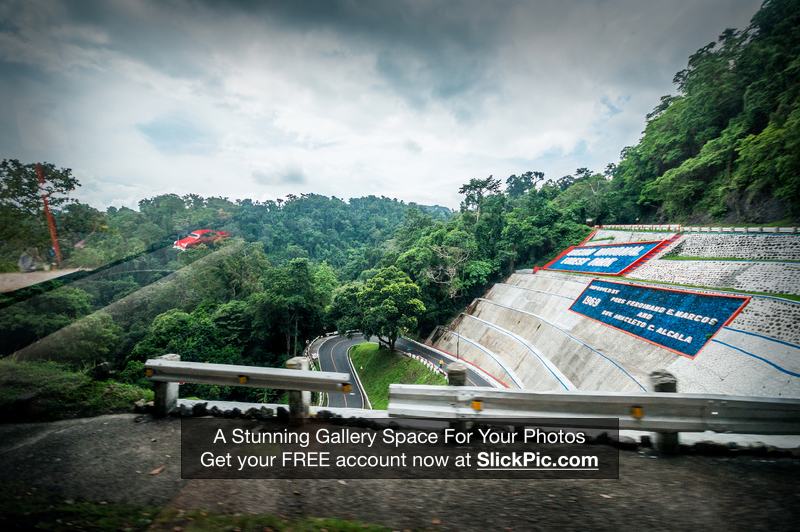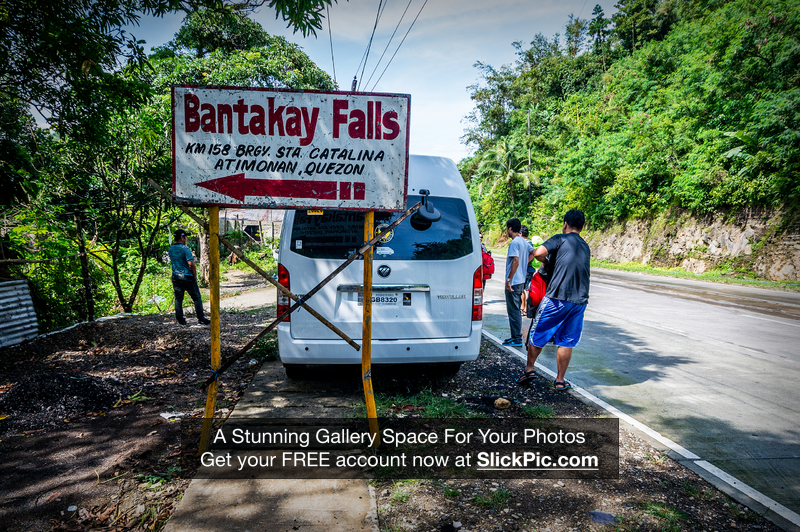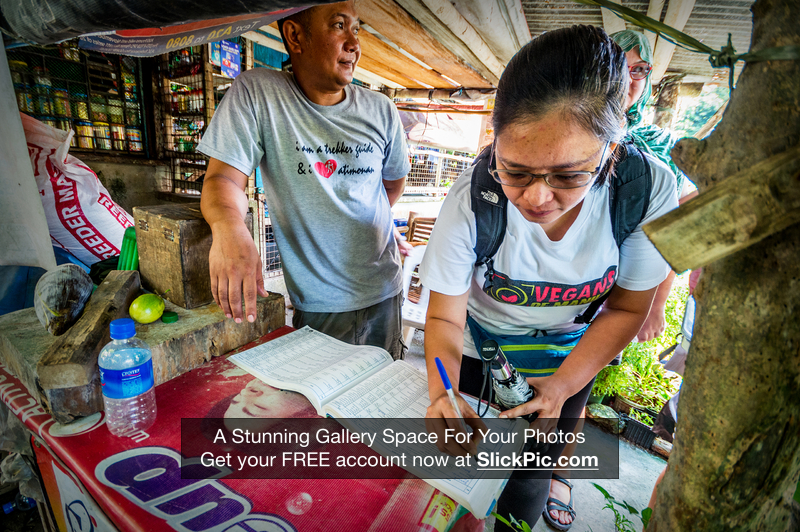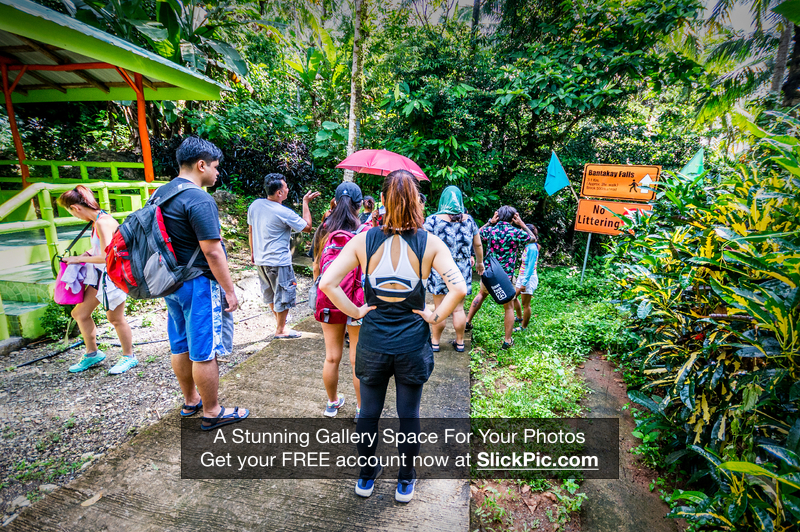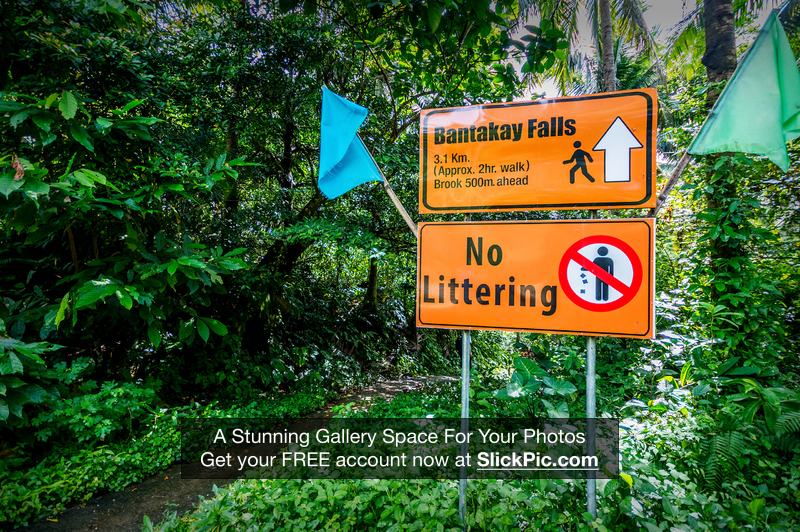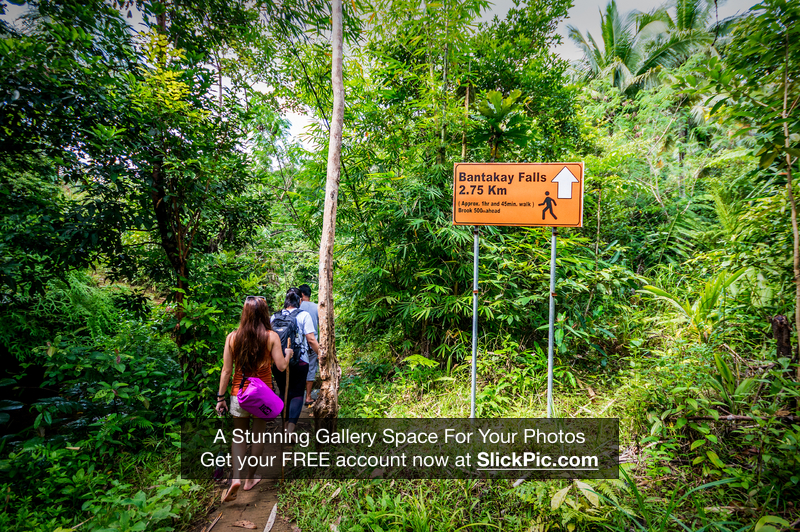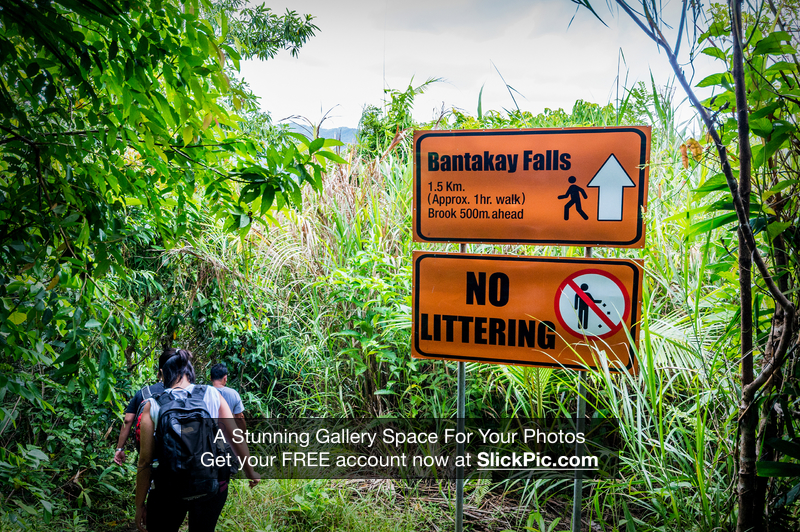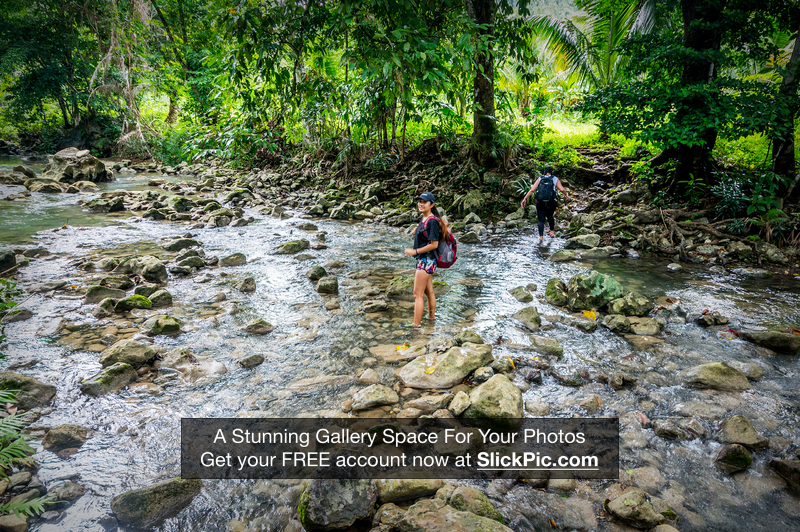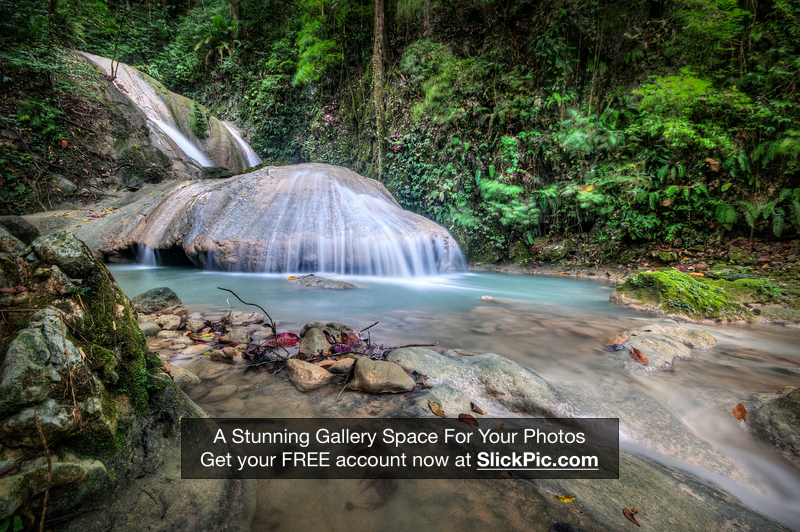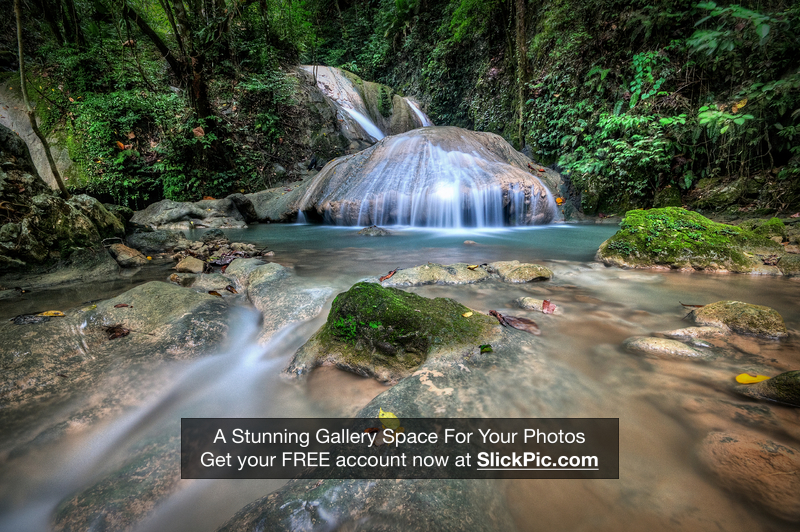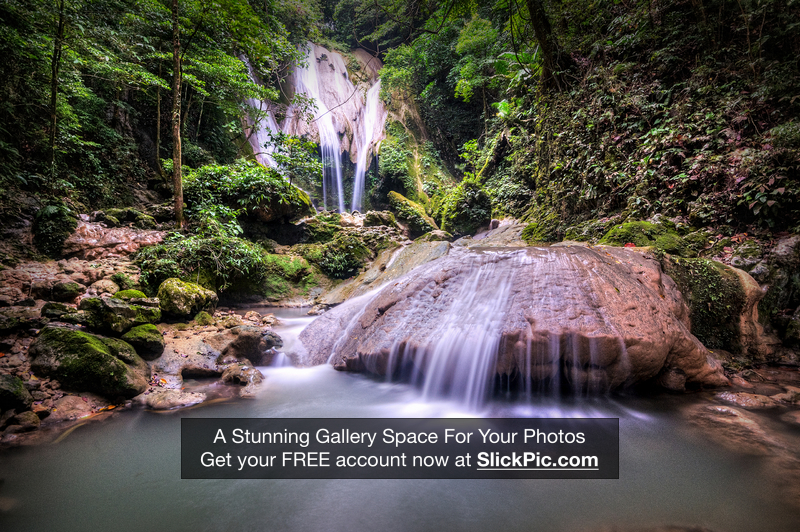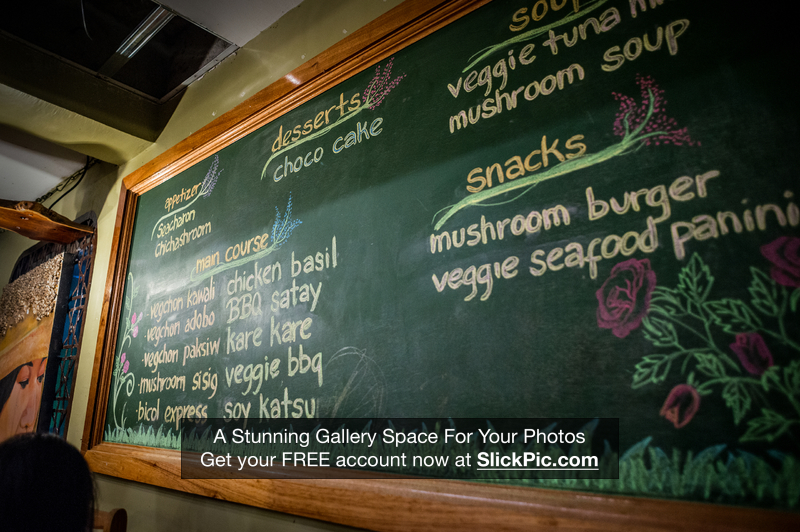When you think of Japan, you would think of a country where the past meets the future. Japanese culture stretches back millennia, yet has also been quick to adopt and created the latest modern fashions and trends.
Japan’s location on islands at the outermost edge of Asia has had a profound influence on its history. Just close enough to mainland Asia, yet far enough to keep itself separate, much of Japanese history has seen alternating periods of closure and openness. Until recently, Japan has been able to turn on or off its connection to the rest of the world, accepting foreign cultural influences in fits and starts. It is comparable with the relationship between Britain and the rest of Europe, but with a much wider channel.
The kanji, or Sino-Japanese characters, that make up Japan’s name mean “sun origin”, and it is often called the “Land of the Rising Sun”. Japan is a stratovolcanic archipelago consisting of about 6,852 islands. The four largest are Honshu, Hokkaido, Kyushu and Shikoku, which make up about ninety-seven percent of Japan’s land area and often are referred to as home islands. The country is divided into 47 prefectures in eight regions, with Hokkaido being the northernmost prefecture and Okinawa being the southernmost one. The population of 127 million is the world’s tenth largest. Japanese people make up 98.5% of Japan’s total population. Approximately 9.1 million people live in Tokyo, the capital of Japan.
Archaeological research indicates that Japan was inhabited as early as the Upper Paleolithic period. The first written mention of Japan is in Chinese history texts from the 1st century AD. Influence from other regions, mainly China, followed by periods of isolation, particularly from Western Europe, has characterized Japan’s history.
From the 12th century until 1868, Japan was ruled by successive feudal military shoguns who ruled in the name of the Emperor. Japan entered into a long period of isolation in the early 17th century, which was ended in 1853 when a United States fleet pressured Japan to open to the West. After nearly two decades of internal conflict and insurrection, the Imperial Court regained its political power in 1868 through the help of several clans from Chōshū and Satsuma—and the Empire of Japan was established. In the late 19th and early 20th centuries, victories in the First Sino-Japanese War, the Russo-Japanese War and World War I allowed Japan to expand its empire during a period of increasing militarism. The Second Sino-Japanese War of 1937 expanded into part of World War II in 1941, which came to an end in 1945 following the atomic bombings of Hiroshima and Nagasaki and the Japanese surrender. Since adopting its revised constitution on May 3, 1947, during the occupation by the SCAP, Japan has maintained a unitary parliamentary constitutional monarchy with an Emperor and an elected legislature called the National Diet.
Japan is a member of the UN, the OECD, the G7, the G8 and the G20—and is considered a great power. The country has the world’s third-largest economy by nominal GDP and the world’s fourth-largest economy by purchasing power parity. It is also the world’s fourth-largest exporter and fourth-largest importer.
The country benefits from a highly skilled workforce and is among the most highly educated countries in the world, with one of the highest percentages of its citizens holding a tertiary education degree. Although Japan has officially renounced its right to declare war, it maintains a modern military with the world’s eighth-largest military budget, used for self-defense and peacekeeping roles. Japan is a developed country with a very high standard of living and Human Development Index. Its population enjoys the highest life expectancy and the third lowest infant mortality rate in the world. Japan is well-known internationally for its major contributions to science and modern-day technology.
Tokyo, officially Tokyo Metropolis, is the capital city of Japan and one of its 47 prefectures. The Greater Tokyo Area is the most populous metropolitan area in the world. It is the seat of the Emperor of Japan and the Japanese government. Tokyo is in the Kantō region on the southeastern side of the main island Honshu and includes the Izu Islands and Ogasawara Islands. Formerly known as Edo, it has been the de facto seat of government since 1603 when Shogun Tokugawa Ieyasu made the city his headquarters. It officially became the capital after Emperor Meiji moved his seat to the city from the old capital of Kyoto in 1868; at that time Edo was renamed Tokyo. Tokyo Metropolis was formed in 1943 from the merger of the former Tokyo Prefecture and the city of Tokyo.
Tokyo is often referred to as a city, but is officially known and governed as a “metropolitan prefecture”, which differs from and combines elements of a city and a prefecture, a characteristic unique to Tokyo. The Tokyo metropolitan government administers the 23 Special Wards of Tokyo (each governed as an individual city), which cover the area that was the City of Tokyo before it merged and became the metropolitan prefecture in 1943. The metropolitan government also administers 39 municipalities in the western part of the prefecture and the two outlying island chains. The population of the special wards is over 9 million people, with the total population of the prefecture exceeding 13 million. The prefecture is part of the world’s most populous metropolitan area with upwards of 37.8 million people and the world’s largest urban agglomeration economy.
Here is where we would be roaming around mostly on this trip, where we would be visiting temples, museums and other interesting places. While processing our visas took longer than expected because of the paper works needed and a wrong date given for filing of our visa, but was elated when we were all approved with others having multiple entry visas.
On the day of our departure (the first group left a day earlier), our group rode together headed for the airport, checking in at around 1530hrs, and since our flight was delayed, we had the luxury of lazing around the airport and posting in social media about our impending trip. At 1945hrs, an announcement over the PA system announced that it was time to board our flight, so we lined up and headed through the ramp to board our plane, with all preparation and preflight checks done, we were airborne at around 2100hrs headed for the land of the rising sun.
Our travel was as smooth as can be, and had all the luxury of inflight hospitality that the cabin crew of Philippine Airlines, can give. We were given a vegan meal (which we requested ahead of time), while the others had a selection of either beef or chicken, after our meals, we filled up our immigration forms and then took a nap. Waking up to the announcement of the pilot that we are about to land and prepare for landing, so we fixed our things, stored the mini table is front of us and sat upright for our scheduled landing in Tokyo International AirportHaneda – Tokyo International Airport, landing at around 0100hrs, and a long taxi over to the terminal area, where we were offloaded. We then headed for the immigration area here there was a long cue and took our turn passing thru immigration and then to the baggage carousel where we collected our luggage and waited for the train station to open at 0500hrs (Japan Local Time – which is ahead of Philippine time an hour), as always on our trips, I got local maps and other information sheets at the Tourist Information center, while the other got their local wifi connection which was for rent, and when the gates opened, we bought our tickets for Aoto, and headed down to a long escalator to where we would board the train, but we were unsure on what train to board and decided the take the third train out of Haneda Airport.
Feeling the cold weather biting, we headed for Aoto station, where we alighted and transferred to another line heading for Horikiri-Shobuen, where we were met up by our host for the trip, with our bags in the taxi, we took the local bus heading for our lodging on this trip, arriving with a savory hot meal for breakfast, which consist of Nimono, fried eggplant served with Japanese Rice, a good serving of Miso soup and fresh fruits, after which we rested a bit to let the food settle down our belly and decided that we would head out by 1000hrs, walking to the train station, we decided to try and enter the convenience stores we passed just see what they sell, upon reaching the station, we bought our tickets heading for Nezu. Exiting Nezu station, we walked a bit headed for Nesu Jinja Shrine.
The Nezu-jinja Shrine is said to have been established over 1,900 years ago by the legendary priest Yamato Takeru no Mikoto in Sendagi with Susanoo no Mikoto as the chief deity. In the Edo Period (1603-1868), the 5th shogun Tsunayoshi relocated it from Sendagi to Nezu to commemorate the adoption of Ienobu as his successor and the 6th shogun Ienobu chose it as the guardian deity. The Gongen-style architectures (typical of modern shrines) of Honden (main sanctuary), Haiden (worship hall), Heiden (offering hall), Karamon (Chinese-style gate), Romon (two-story gate) and Sukibei (lattice-windowed wall) are designated as nationally Important Cultural Properties.
Nezu Jinja—built at the foot of a hill on the border of Bunkyo and Taito Wards —escaped though and despite the fact that most guides associate it with the tsutsuji (azalea) flowers and the mandatory matsuri/festival accompanying their blooming in April, personally I think it’s worth a visit anytime. Among other things, because its architecture is quite unusual and much more opulent than what you usually get in shrines (this style is called Gongen-zukuri and it’s most extreme version can be found in the Nikko Toshogu mausoleum) and because it contains the closest you can get to Tokyo to a red-torii gate path similar to the one in Fushimi Inari Taisha in Kyoto.
Visiting on a regular day you’ll have the chance to walk around the shrine’s grounds without being bothered by the crowds swarming most of the other famous temples and shrines like Kanda Myojin or Sensoji and take in the mix of nature and architecture. The second, two-story gate aka “Romon”, the third/main gate aka “Karamon” and the latticed wall aka “Sukibei” are all National Important Cultural Properties (the Japanese love these designations!) and certainly worth noticing; I think that some of the less illustrious micro-shrines and monuments worn from the centuries and scattered around the place are also worth examining but here we might be crossing into specialized interests’ territory.
Heading back to the train station on Nezu, we then headed for Ueno station and visited Ameyoko Market, where we would meet up with the first group and have lunch together, but since we could not eat the same food as they would have, we decided to eat at a different place and looked around for something we could eat, and discovered this place which was hard to notice unless you see their sign, heading up the elevator to the third floor, we were greeted by an Indian gentleman who showed us to our table and ordered a good serving of Vegetable Curry, we later learned that the restaurant offers a buffet lunch and a lot of customers eat their lunch here and the food that we had was great. After we had our fill, we headed back down to meet up with the others and went around the market. Then headed for to the train station for our next destination which is Sensoji Temple
Alighting at Asakasa Station, we headed for Sensoji Temple in which we would pass through Nakamise Shopping Street.
Nakamise Dori is the best place in Tokyo to buy souvenirs. It’s a 250 meter (800 foot) shopping street that leads to Sensoji Temple, Tokyo’s oldest and most visited temple.
There are around 90 shops on the street that sell snacks and souvenirs to the throngs of domestic and international tourists who visit the area. There has been a tourist market here since the 17th century. Many of the shops have been run by the same family for many generations.
The souvenirs on the street target both domestic and international tourists. They range from outrageously cheesy items to authentic and useful souvenirs. Amongst the later category it’s possible to find traditional items such as Japanese chopsticks, yukata, geta, wooden combs, fabrics and folding fans.
In a city full of temples, Sensoji is the eldest, boasting almost one and a half millennium of history, Tokyo’s biggest souvenir market and perhaps the gaudiest rendezvous point: its Kaminarimon Gate with the huge red chochin lantern.
Sensoji Temple was the reason the insignificant village Asakusa became a town: Ieyasu, the Tokugawa shogun who created the great city of Edo and made it Japan’s de facto capital in the early 1600s saw in Sensoji a very convenient symbolism (also, being the toughest warlord of his time, he needed all the help he could get from the gods and Buddhas). According to ancient geomancy, potential invaders come either from the northeast or the southwest, the front and rear “demon gates”. Sensoji Temple was the guardian of the northeast gate and Zojoji Temple in Shiba, near Tokyo Tower took care of the southwest; Ieyasu made them both his family temples.
When this happened, Sensoji Temple was already 1,000 years. Its chronicles put its founding at 628 AD through one of these stories that legends and religions are made of: while fishing in the Sumida river in the morning of March 18th, the brothers Hinokuma Hamanari and Takenari caught in their nets a small golden statue of the Buddhist deity Kannon; they tried to get rid of it but it kept coming up so they decided to keep it. When they returned to the village, they showed it to one of the chieftains, Haji no Nakatomo who, being a devout Buddhist understood what it was, and built a temple to house it. The temple was, of course, Sensoji –“Senso” is another reading of the characters for “Asakusa” and “ji” is “temple”.
It was getting a bit dark when we left Sensoji Temple, and we started walking heading for The Tokyo Skytree.
The Tokyo Skytree is a television broadcasting tower and landmark of Tokyo. It is the centerpiece of the Tokyo Skytree Town in the Sumida City Ward, not far away from Asakusa. With a height of 634 meters (634 can be read as “Musashi”, a historic name of the Tokyo Region), it is the tallest structure in Japan and the second tallest in the world at the time of its completion. A large shopping complex with aquarium is located at its base.
The highlight of the Tokyo Skytree is its two observation decks, which offer spectacular views out over Tokyo. The two enclosed decks are located at heights of 350 and 450 meters respectively, making them the highest observation decks in Japan and some of the highest in the world.
It was a bit late and was not able to go to the top so we decided to head back to Ueno and have dinner and since the group decided to eat somewhere we could not eat, we looked again for a place where we had our dinner which consist of soba and noodles. After dinner we headed for the train station at Ueno to ride the Keisei line headed for Horikiri-Shobuen to our lodging to rest from the long first day we had in Tokyo
TIP: order a vegetarian or vegan meal on the plane, you will be served ahead of the others
TIP: download the apps @cityrailmap and Google Translate, and you will never get lost
Note: all time stated are Philippine Standard Time, unless otherwise stated









